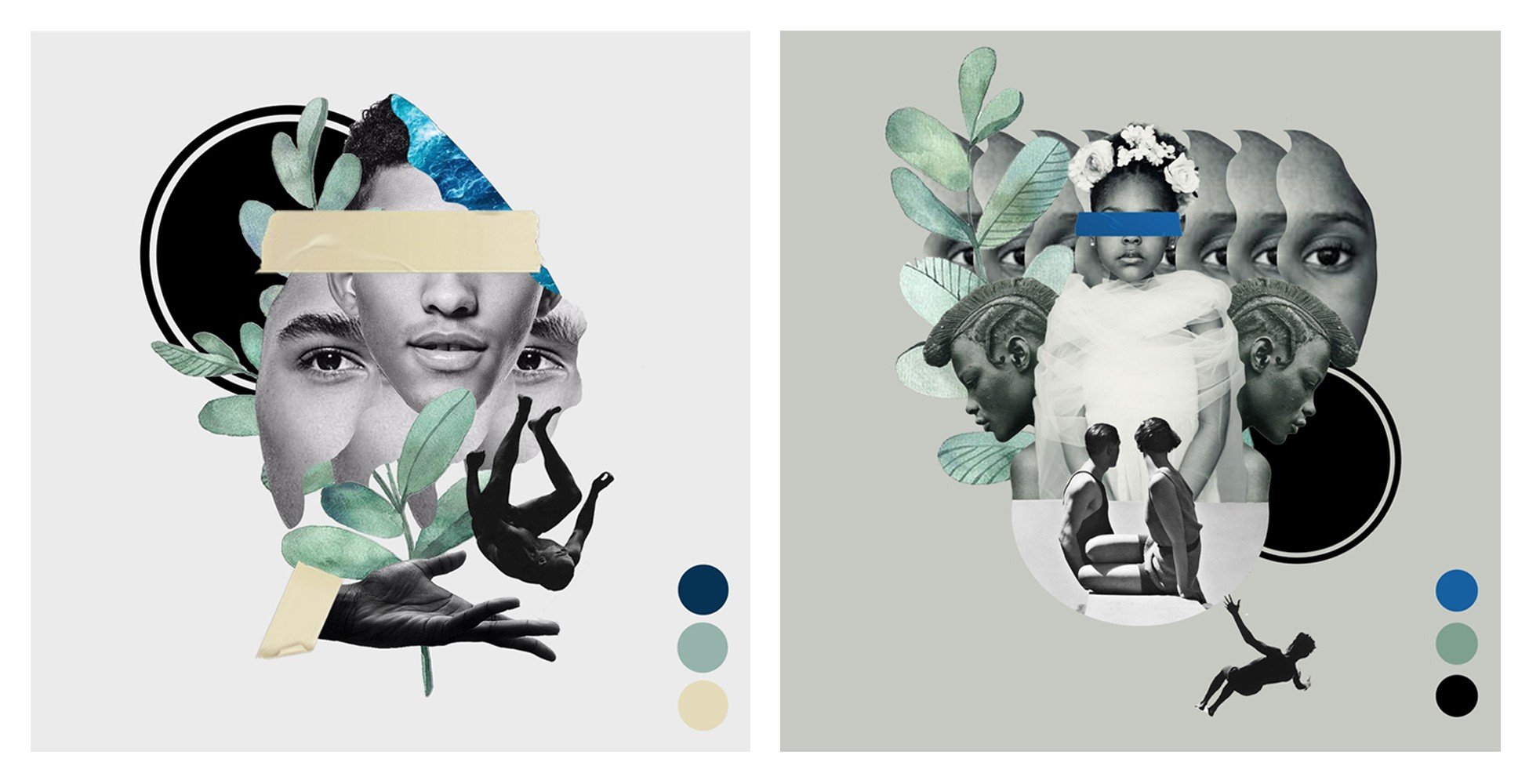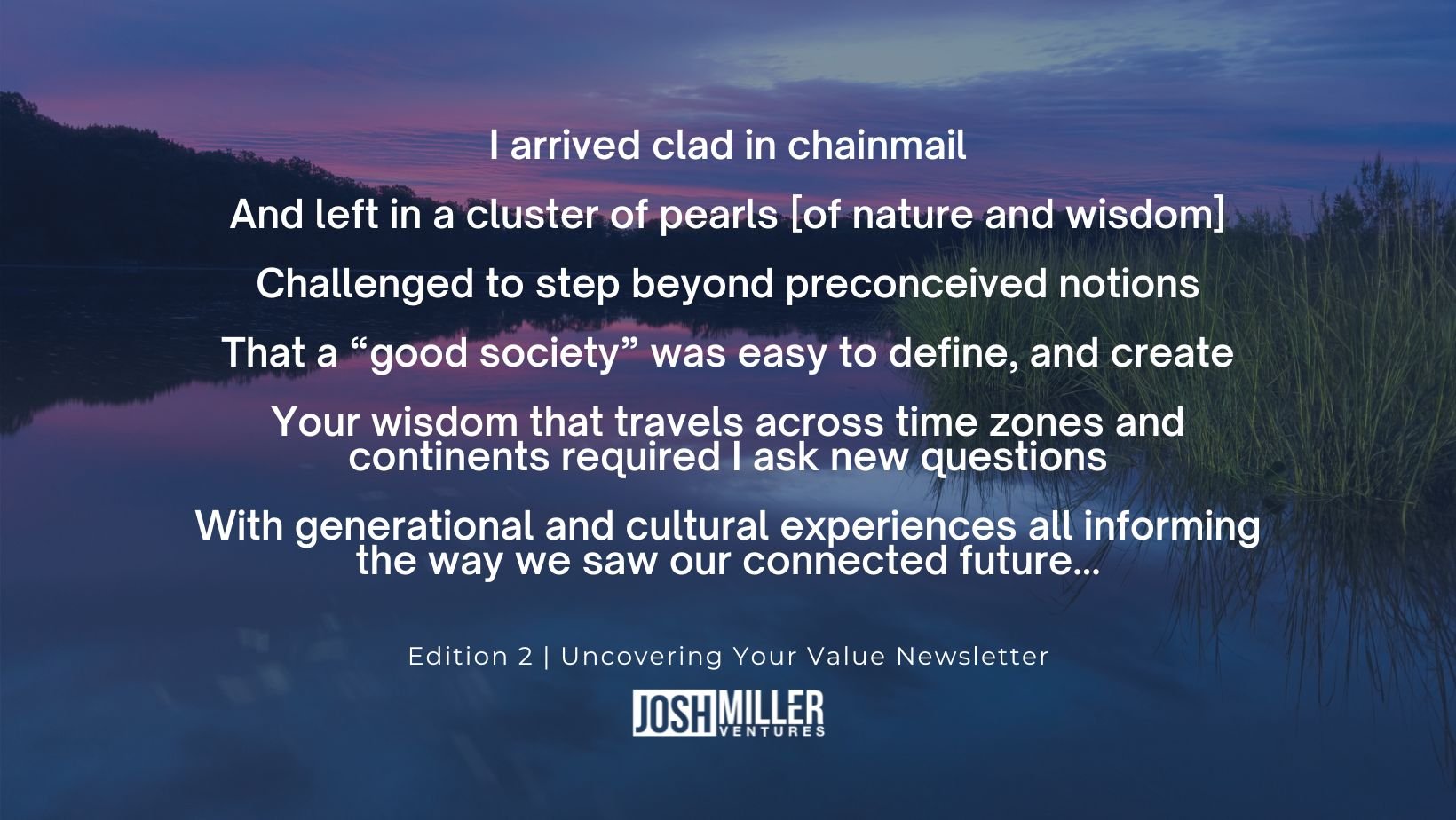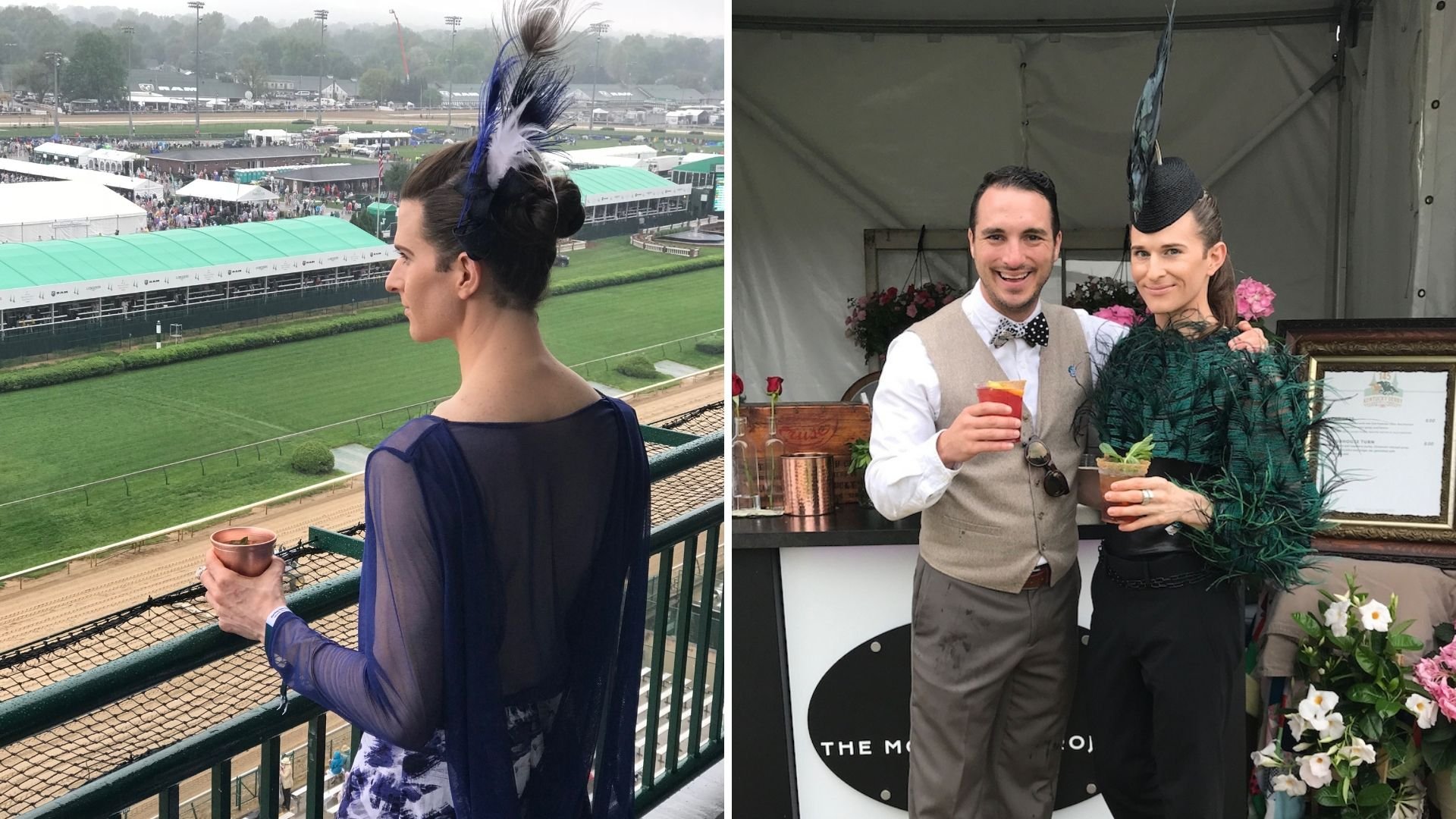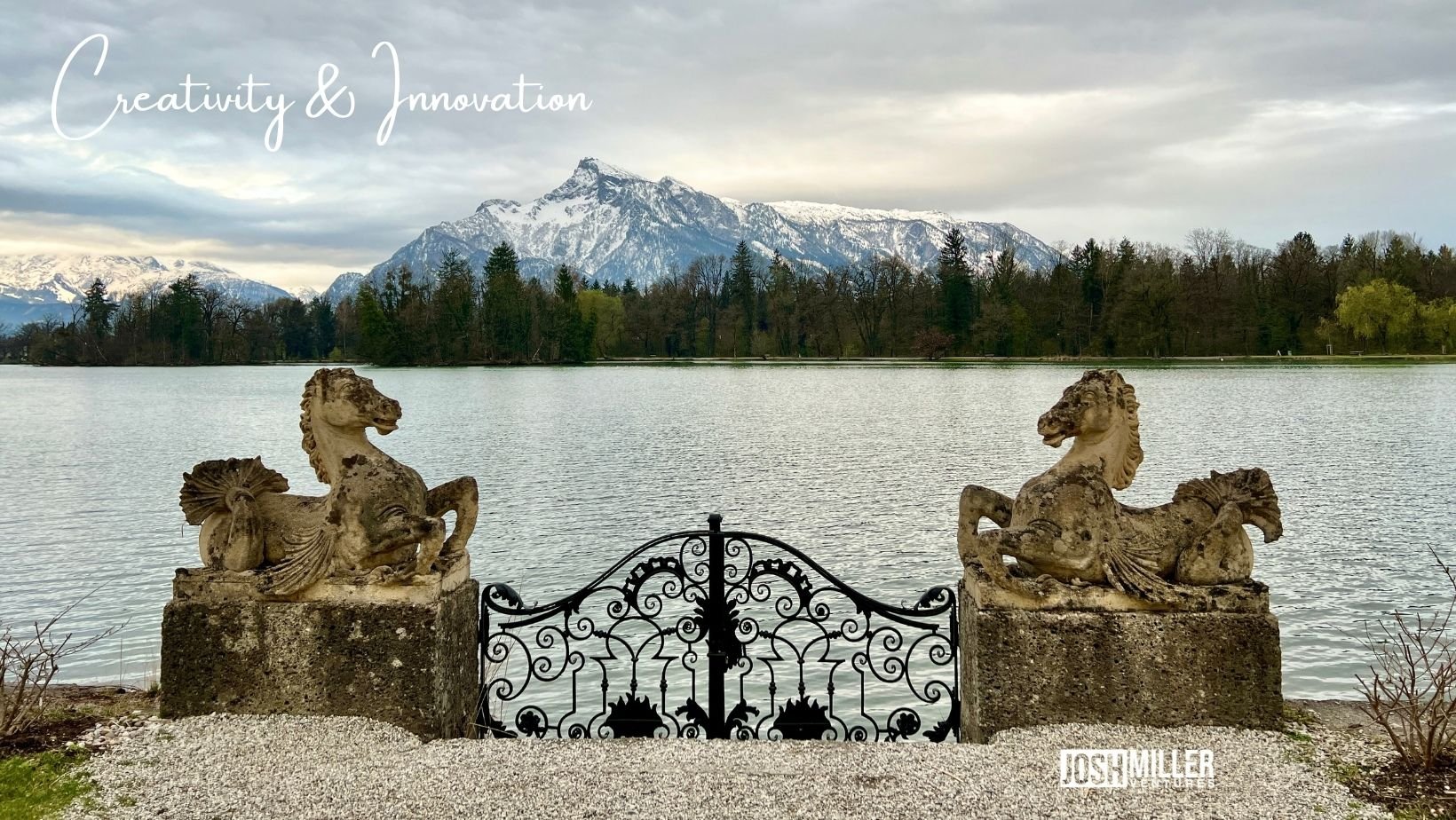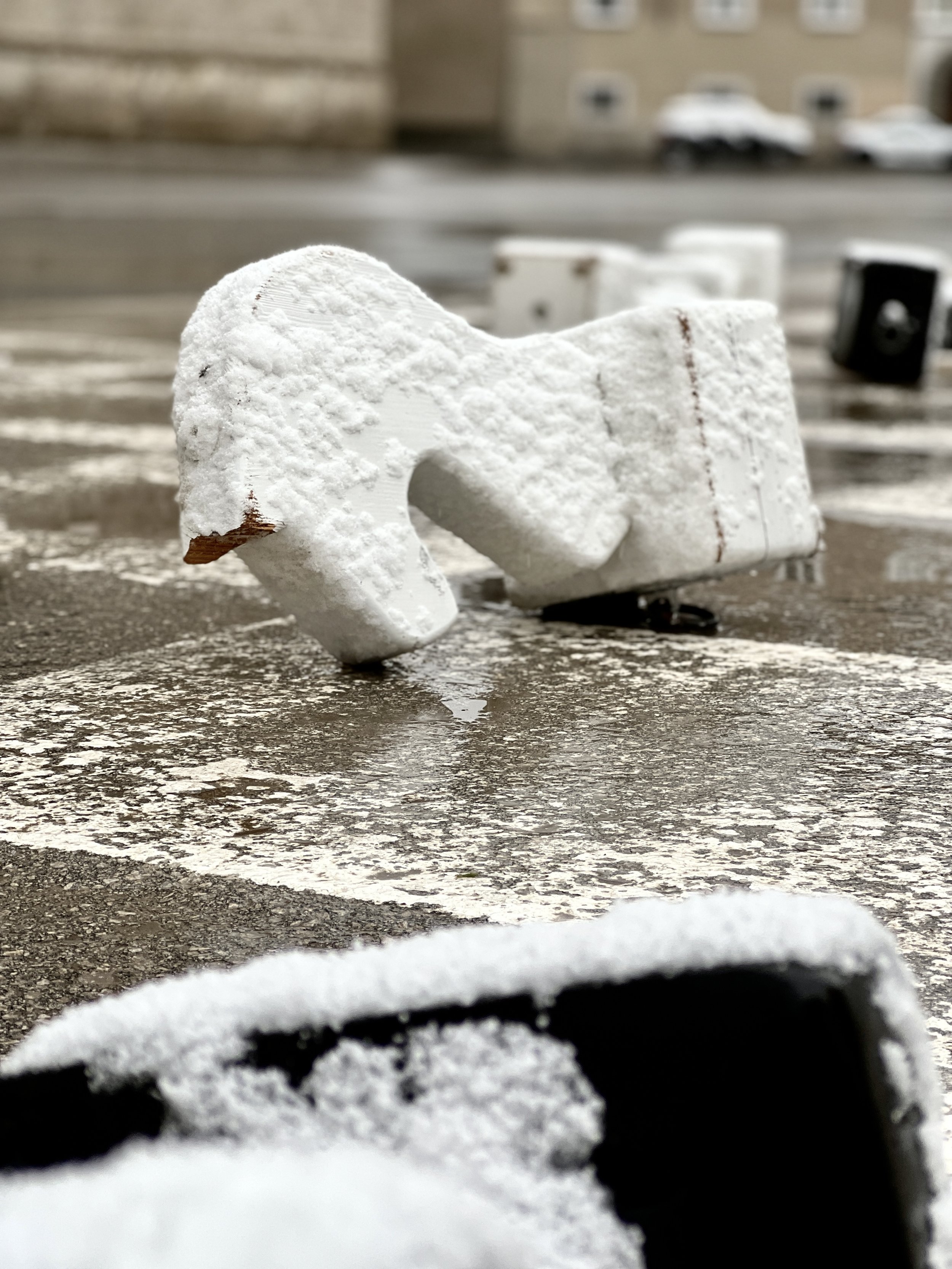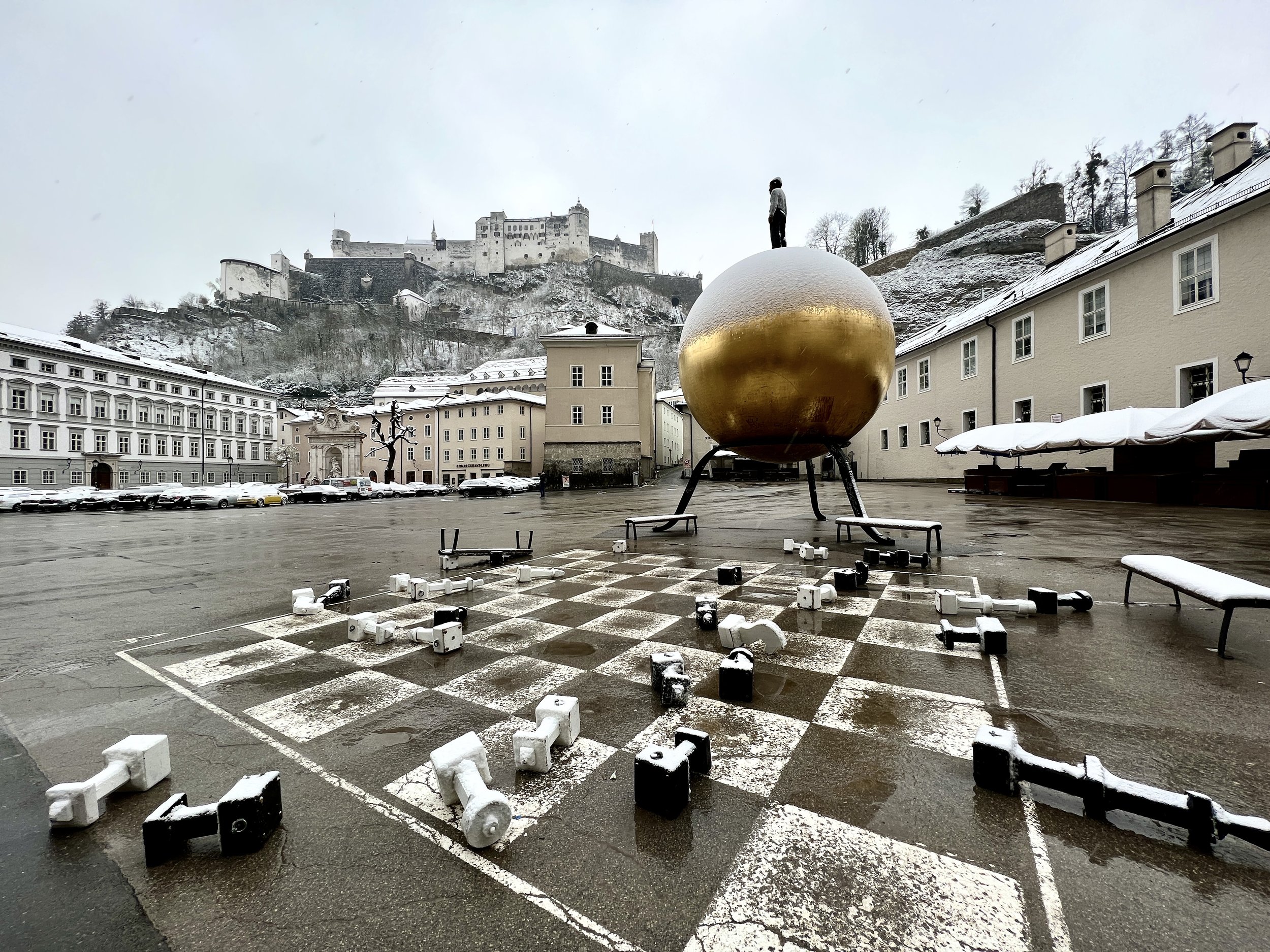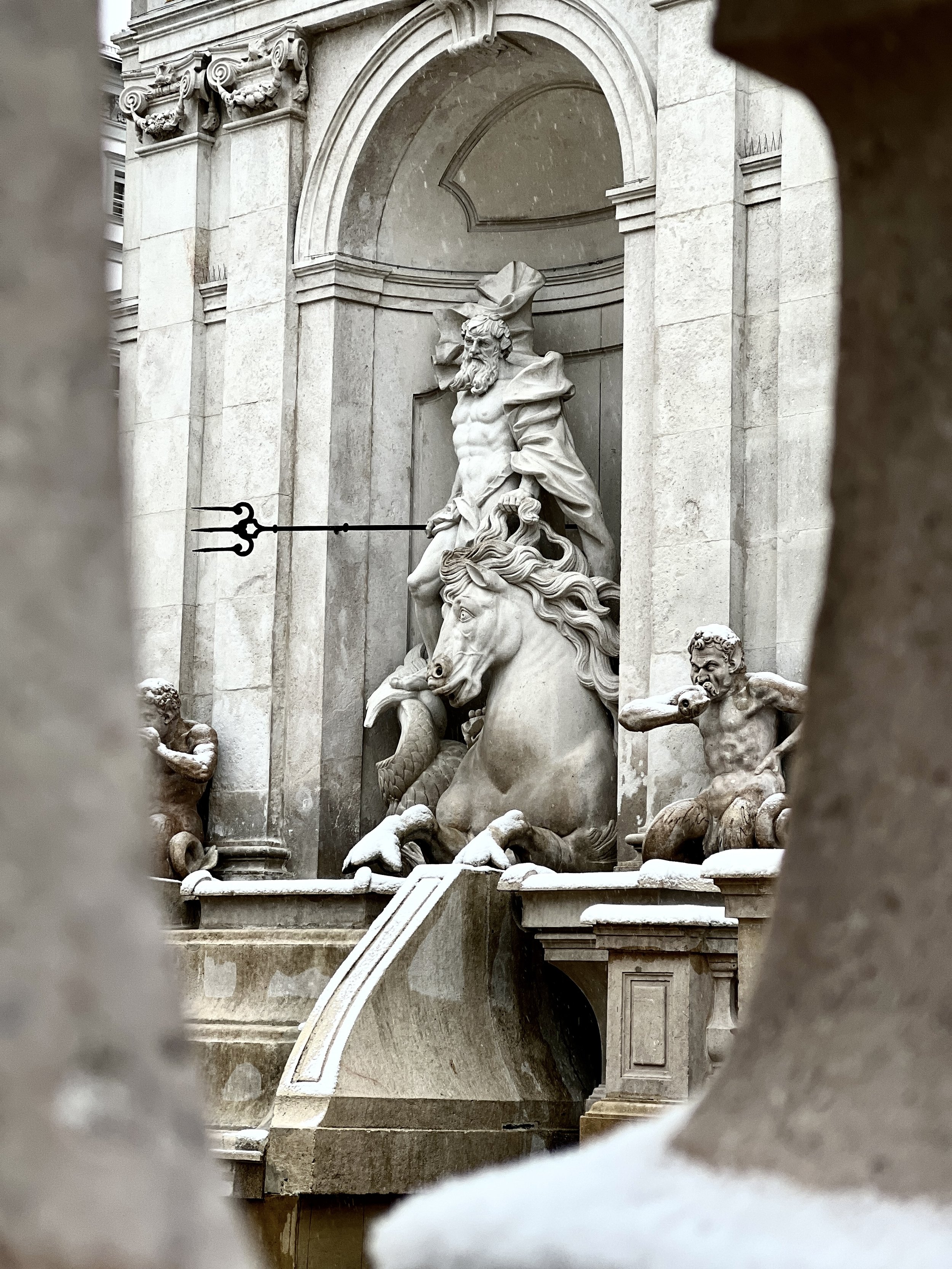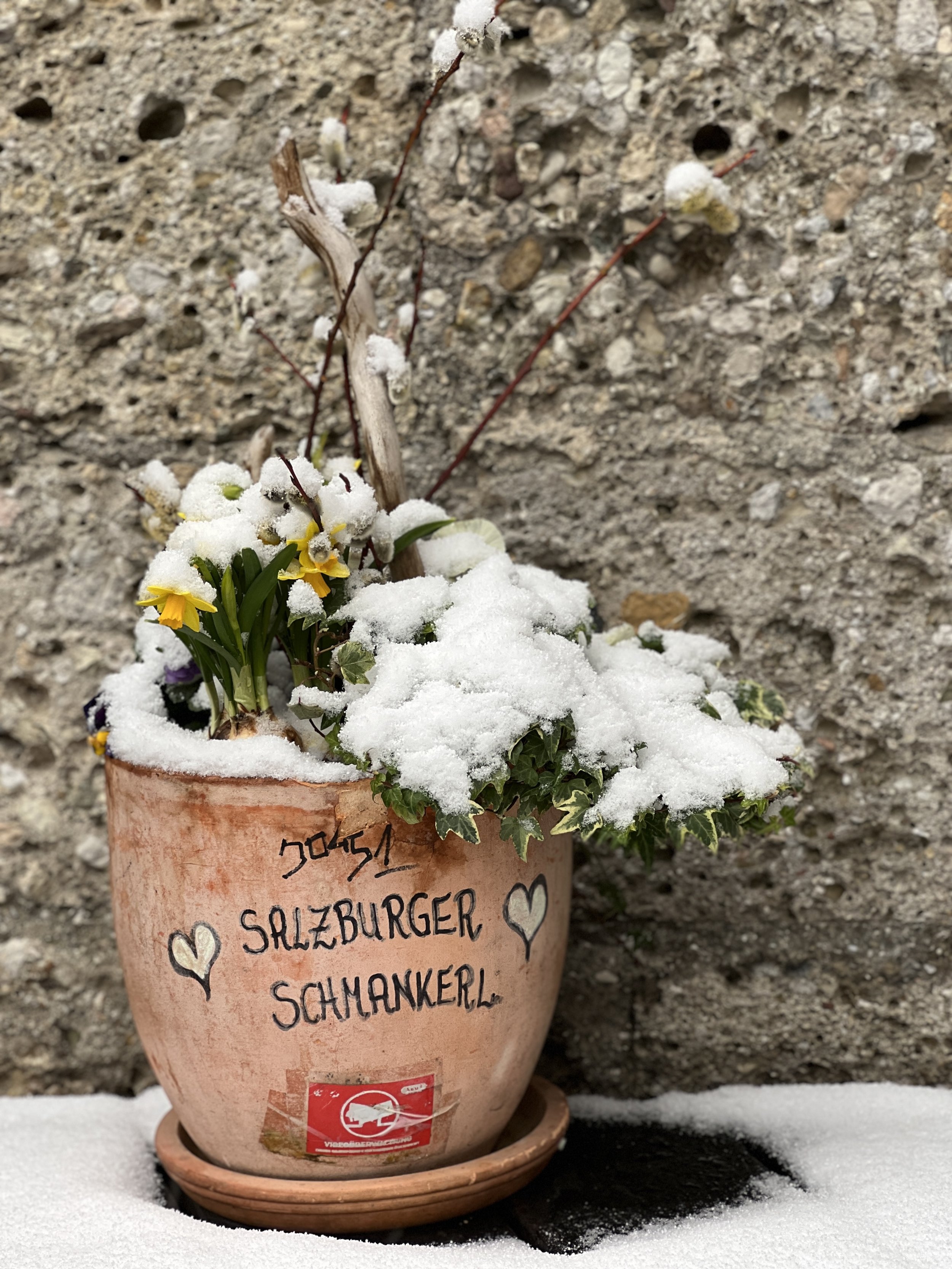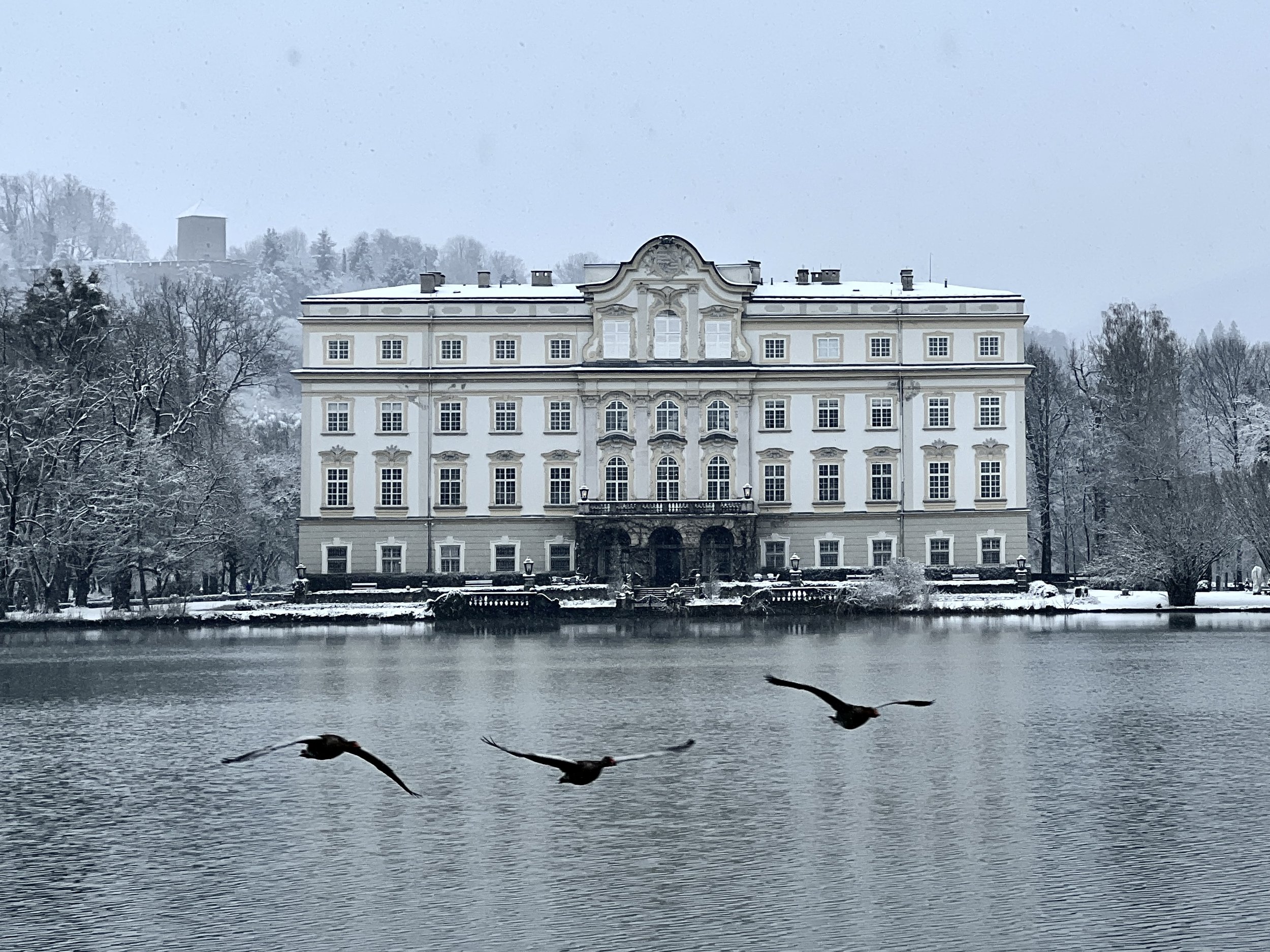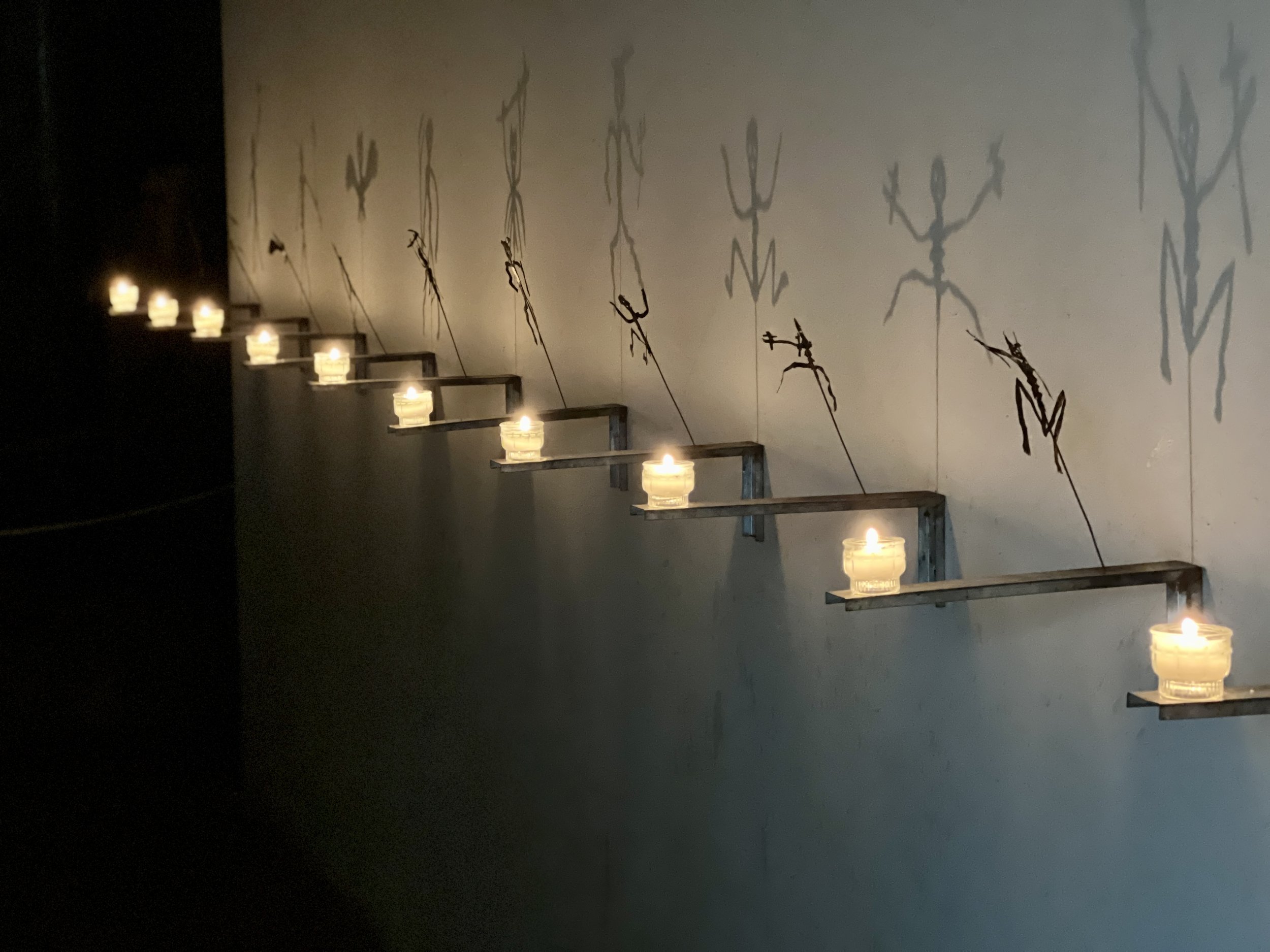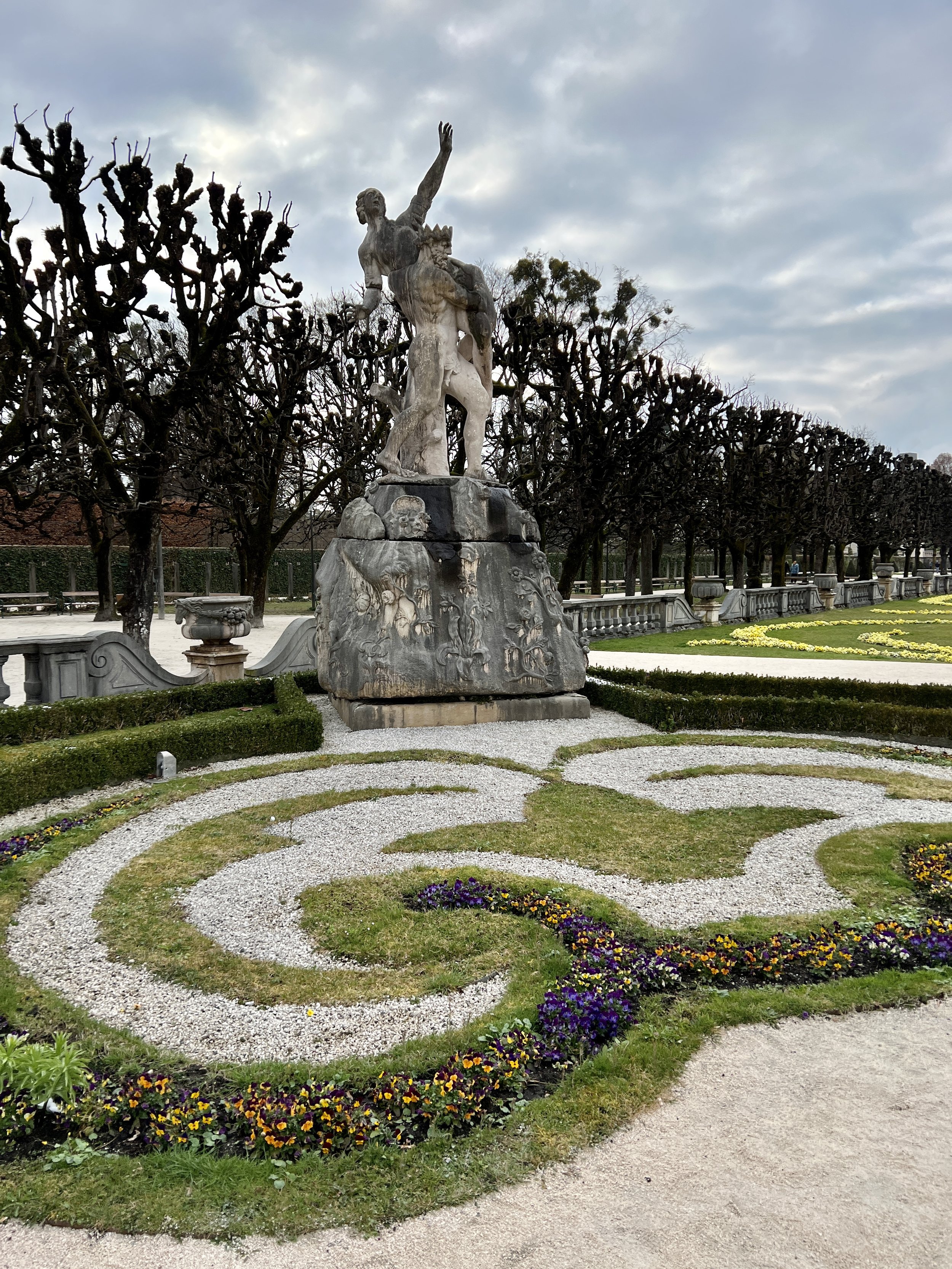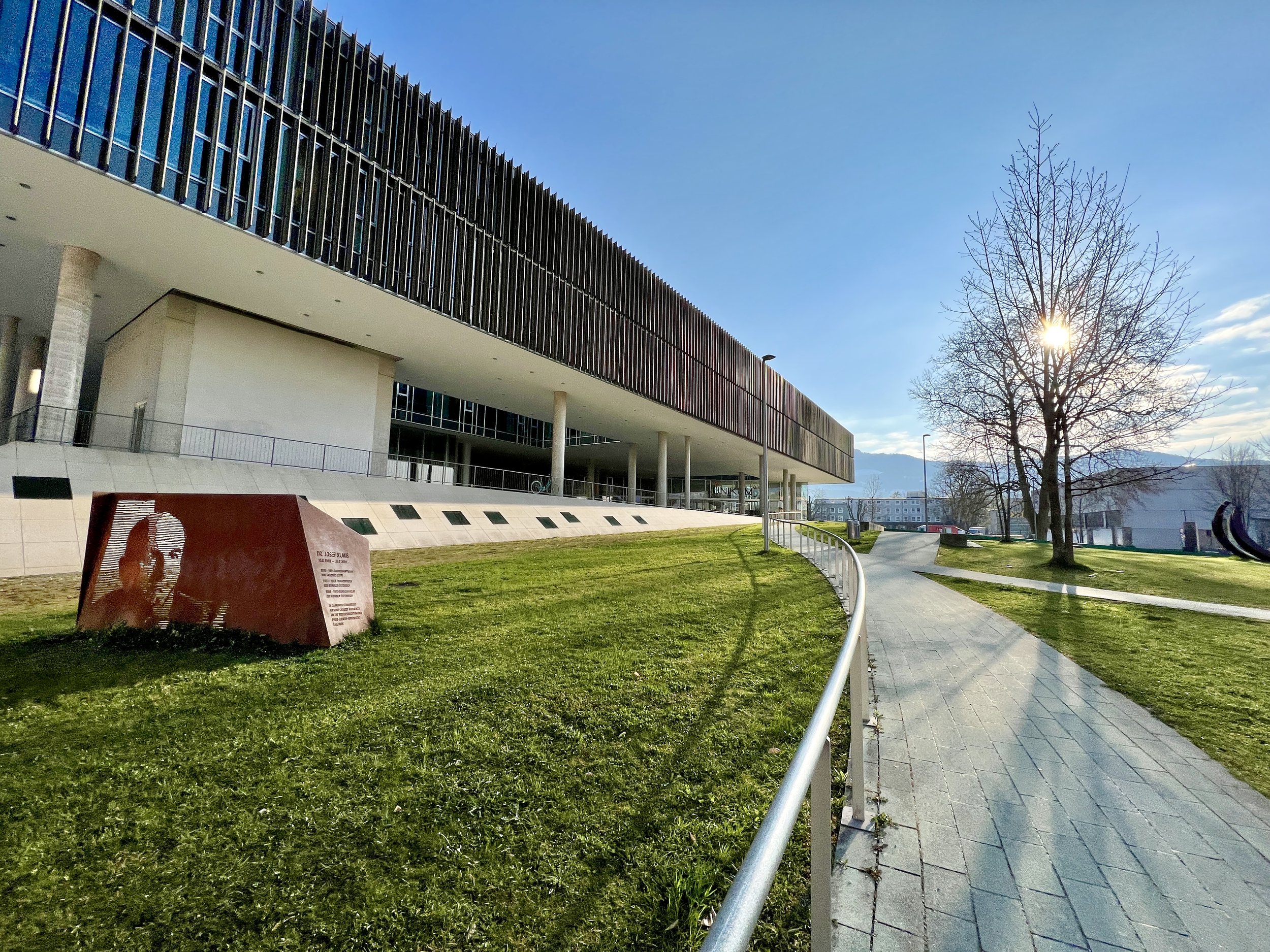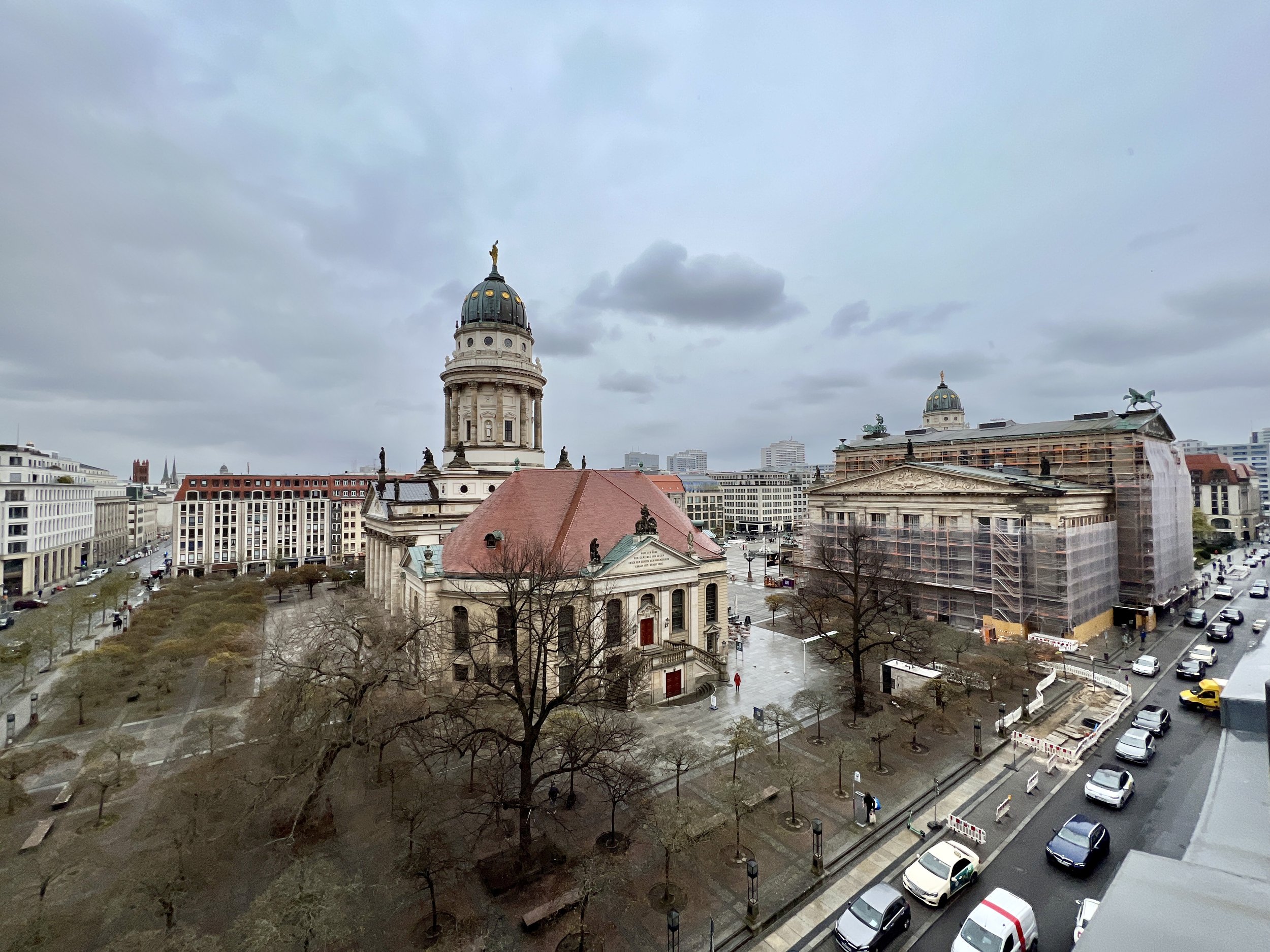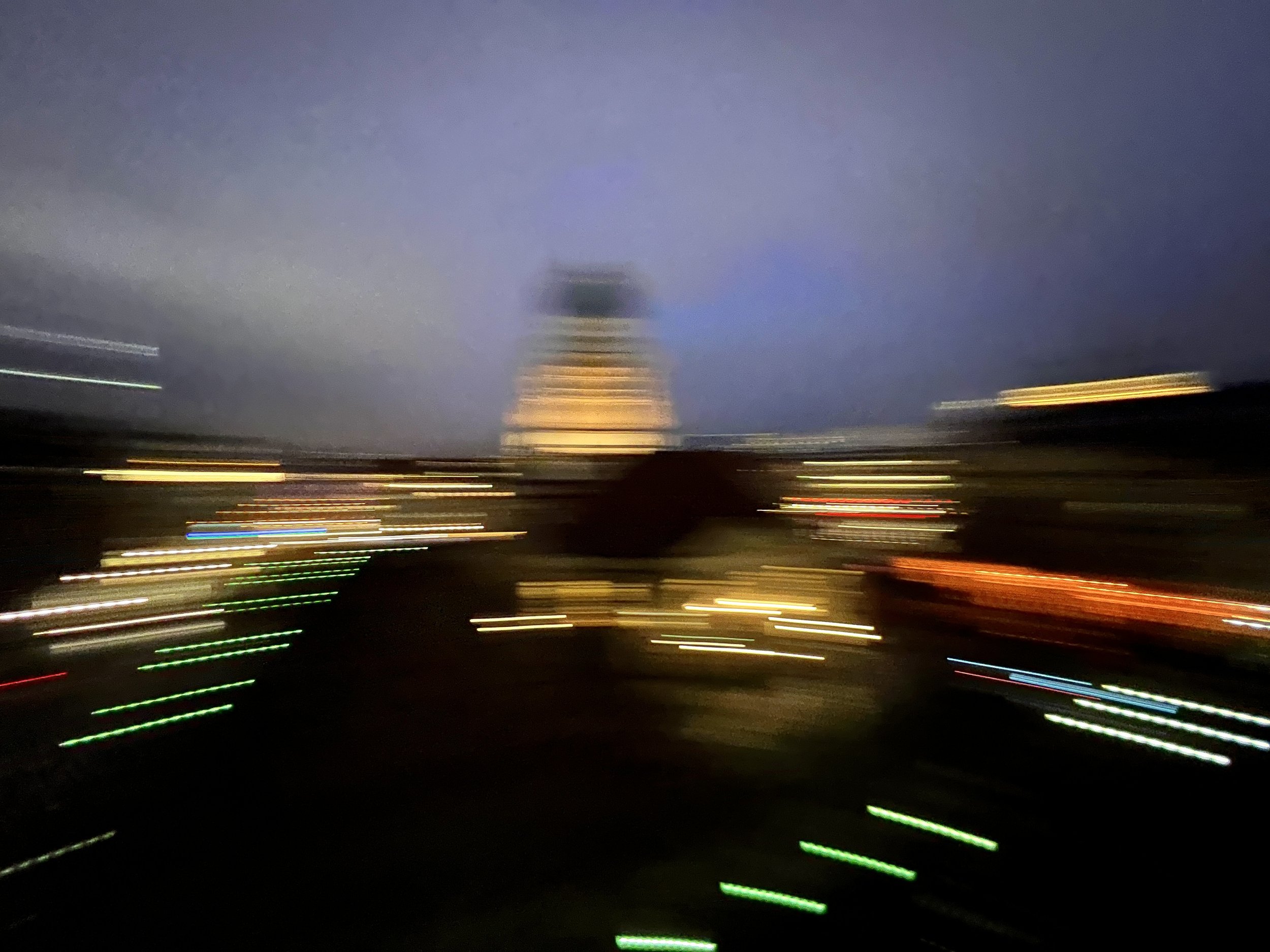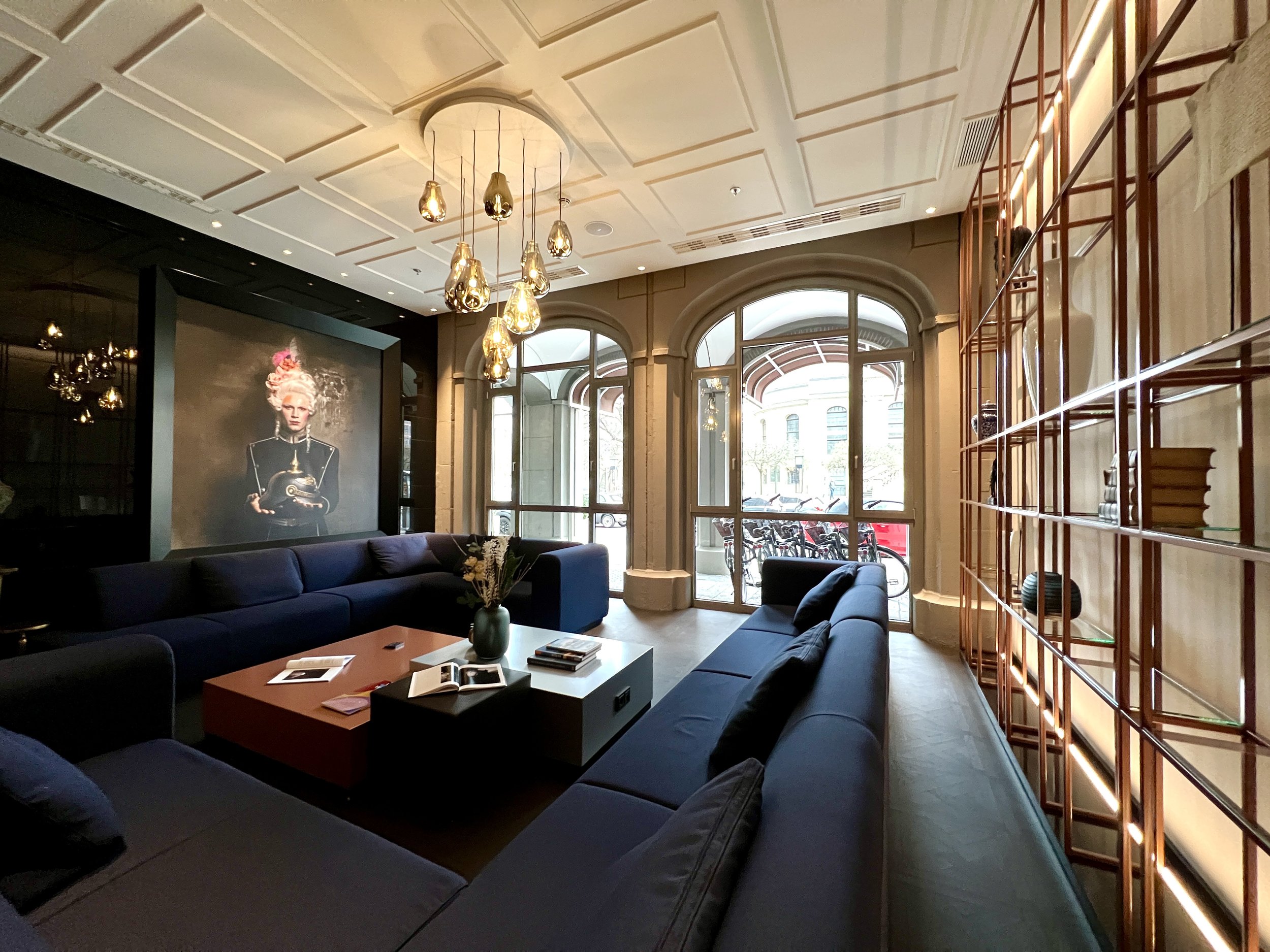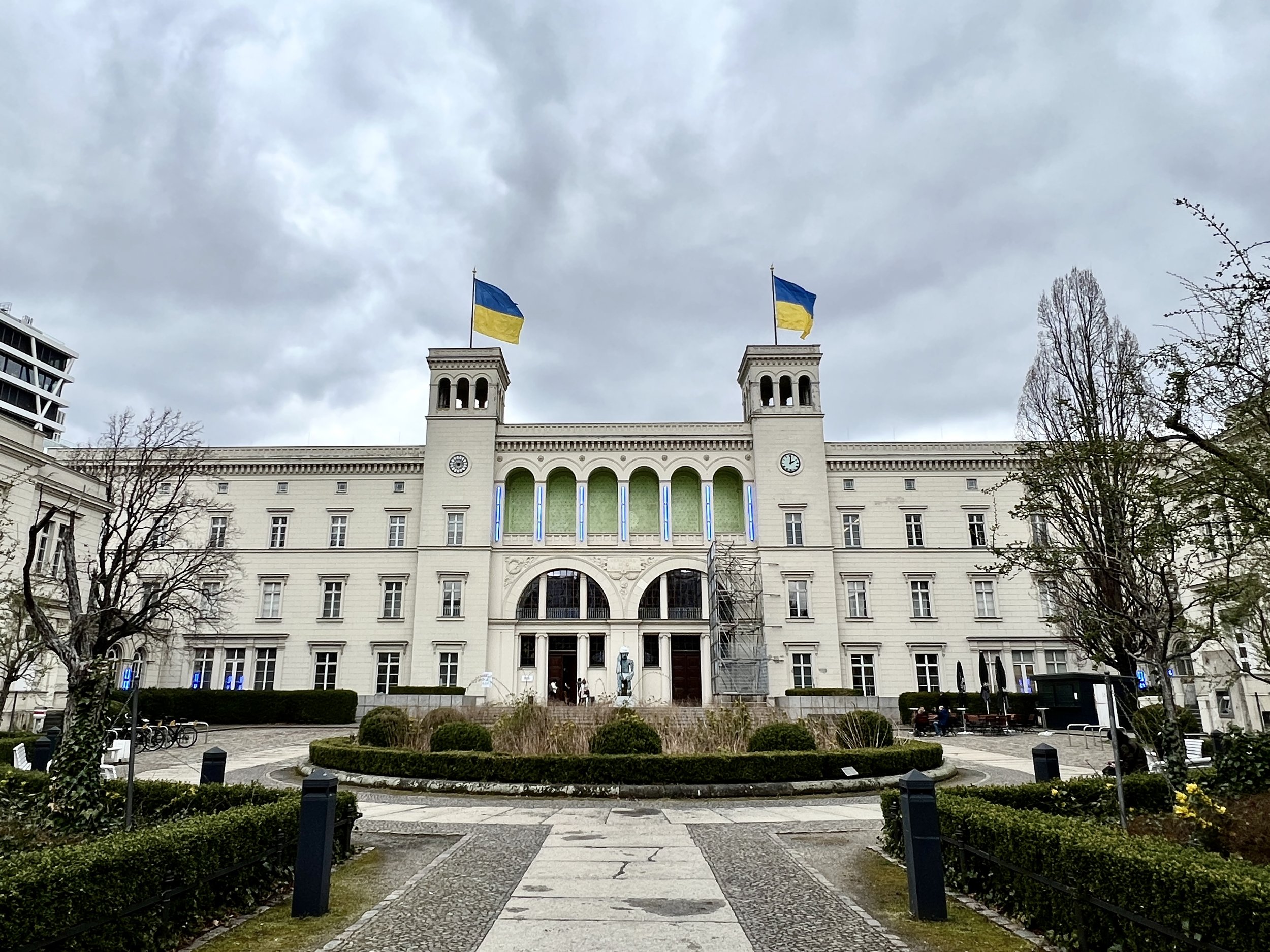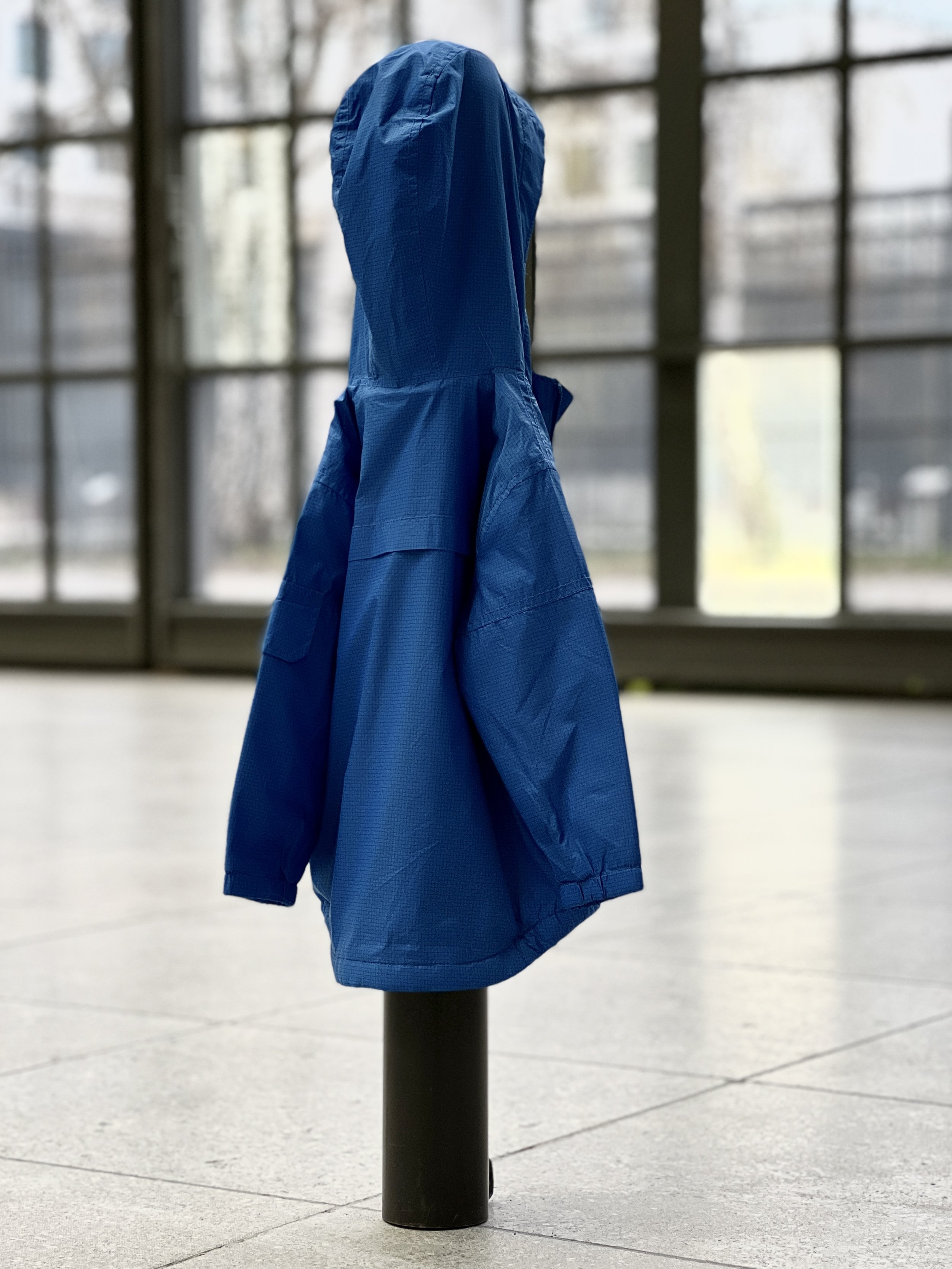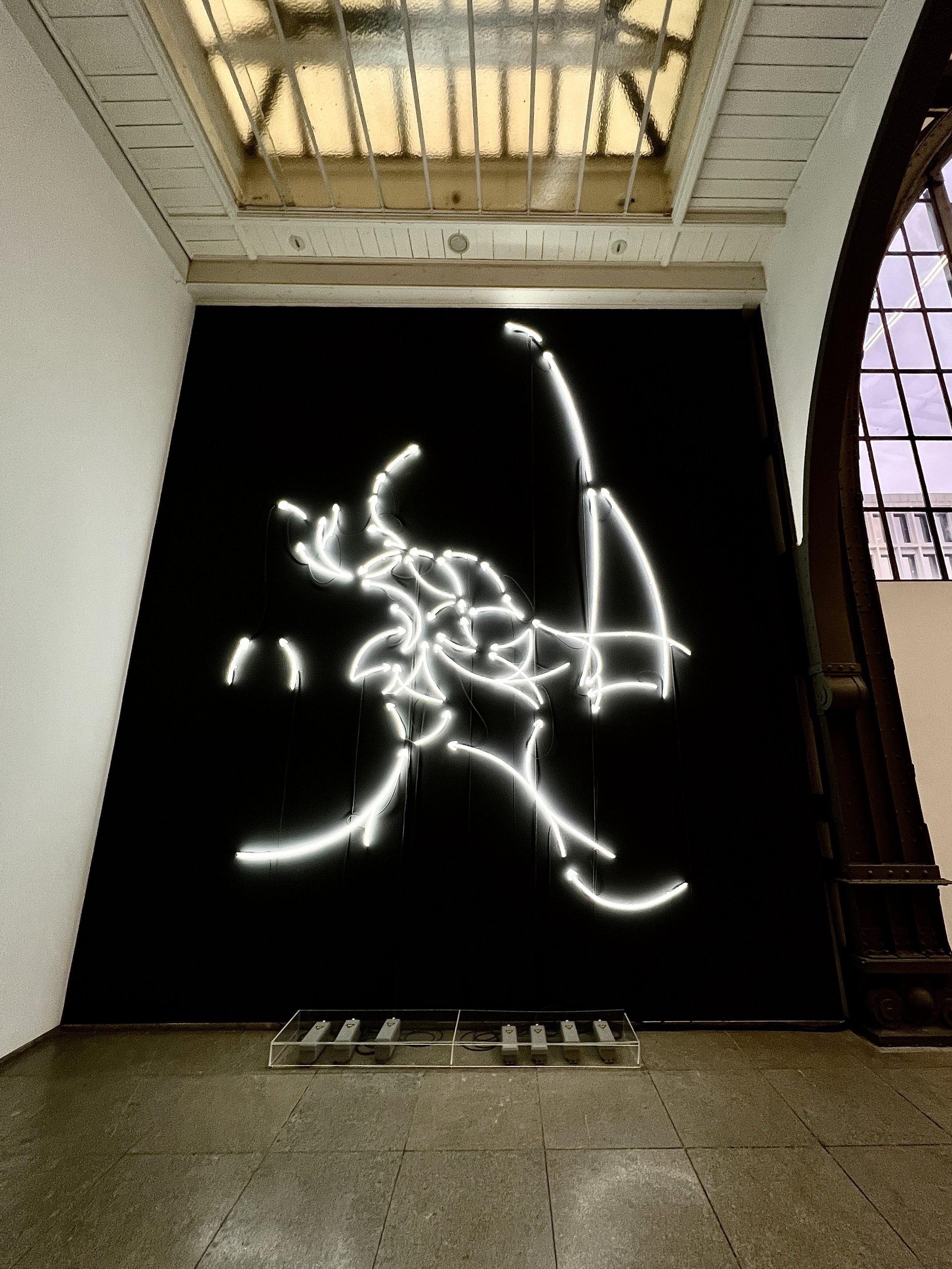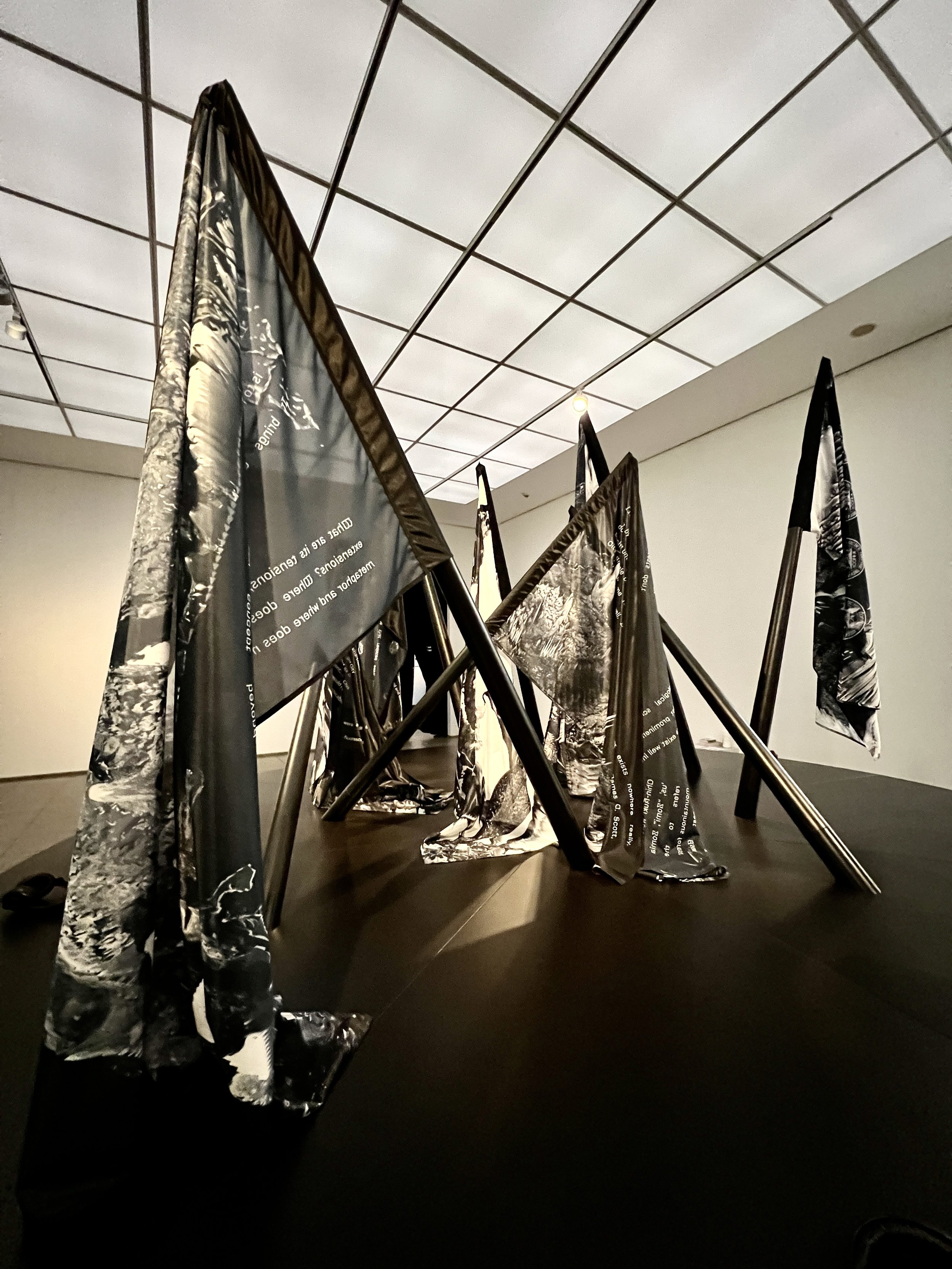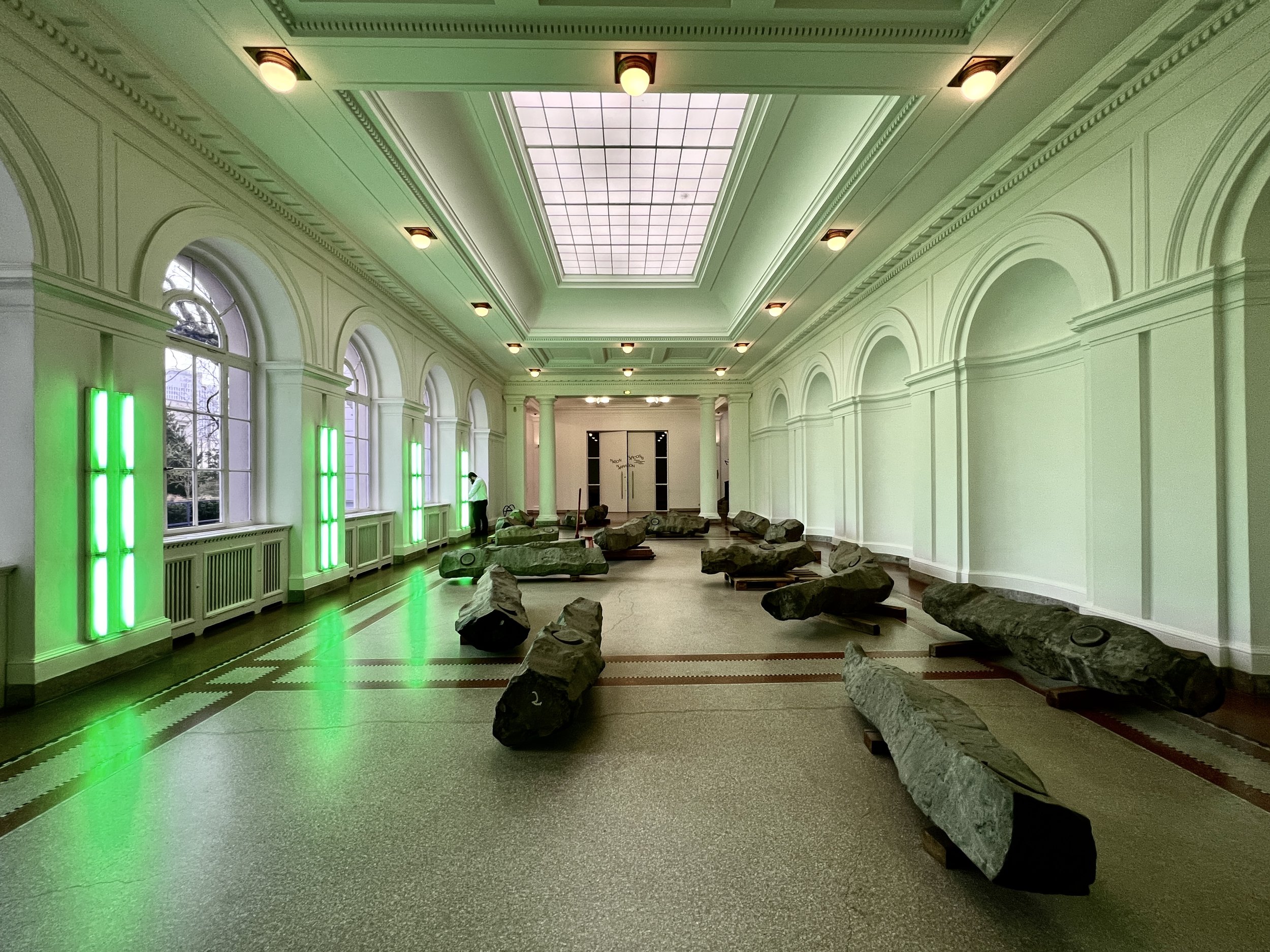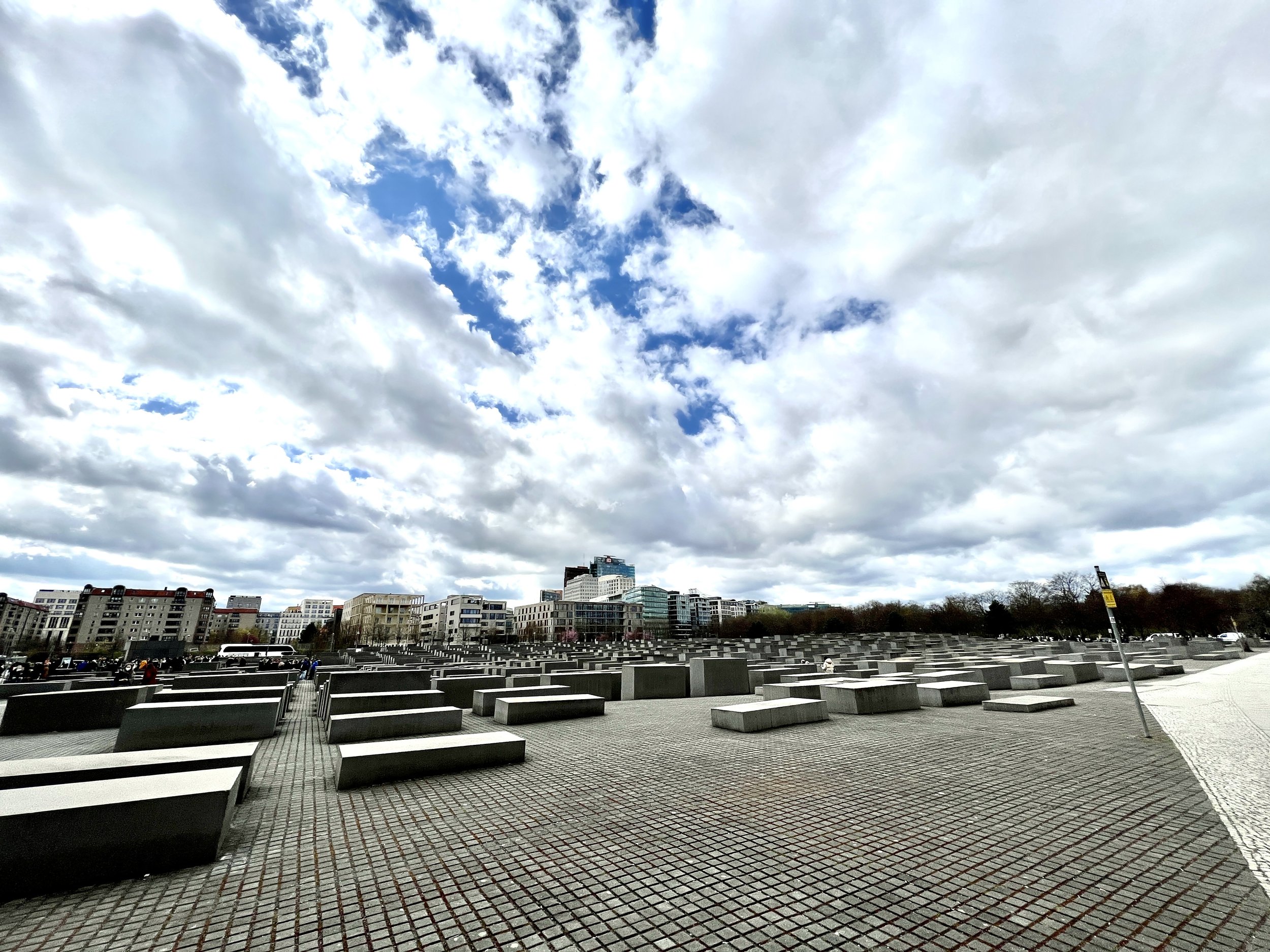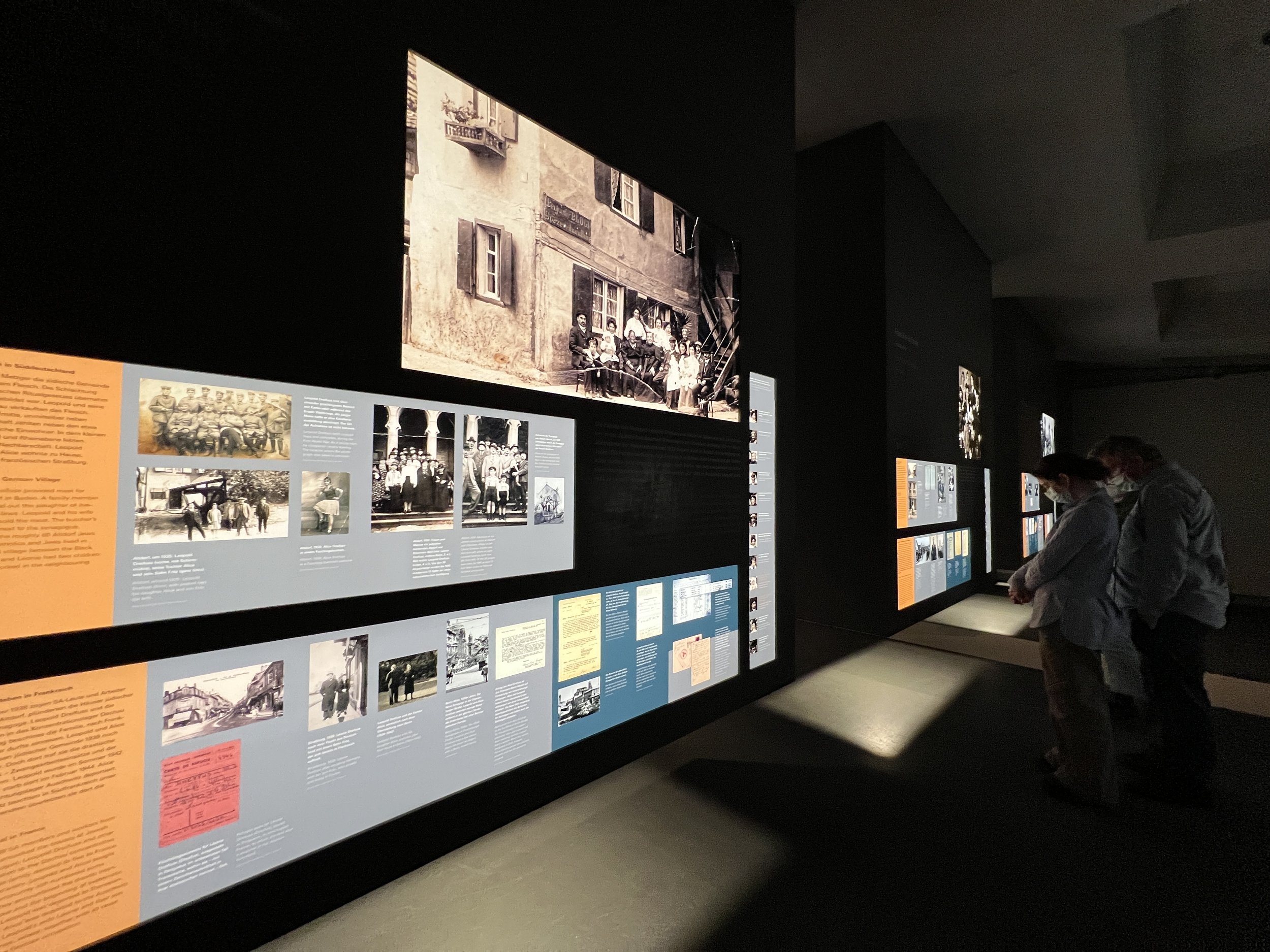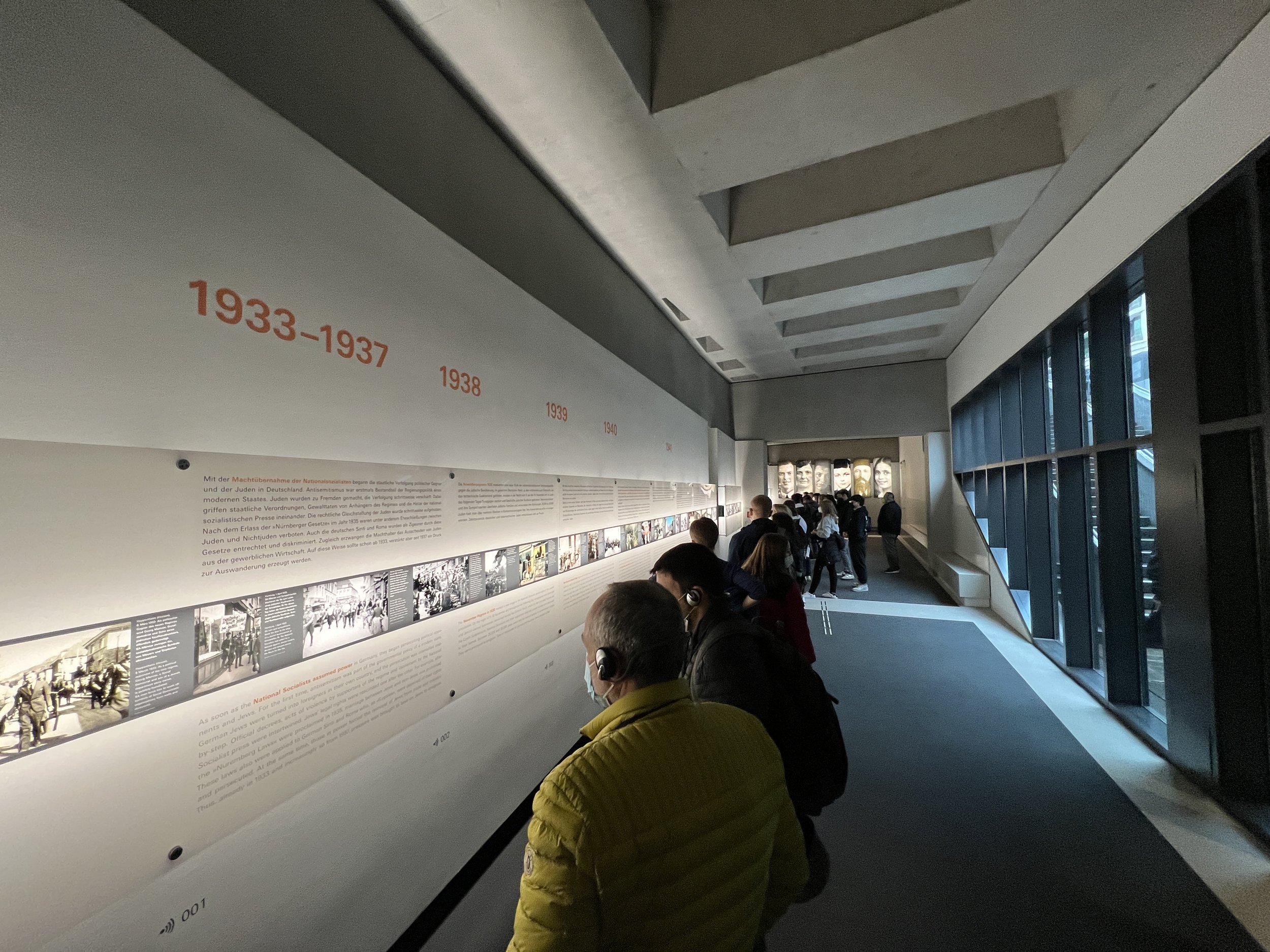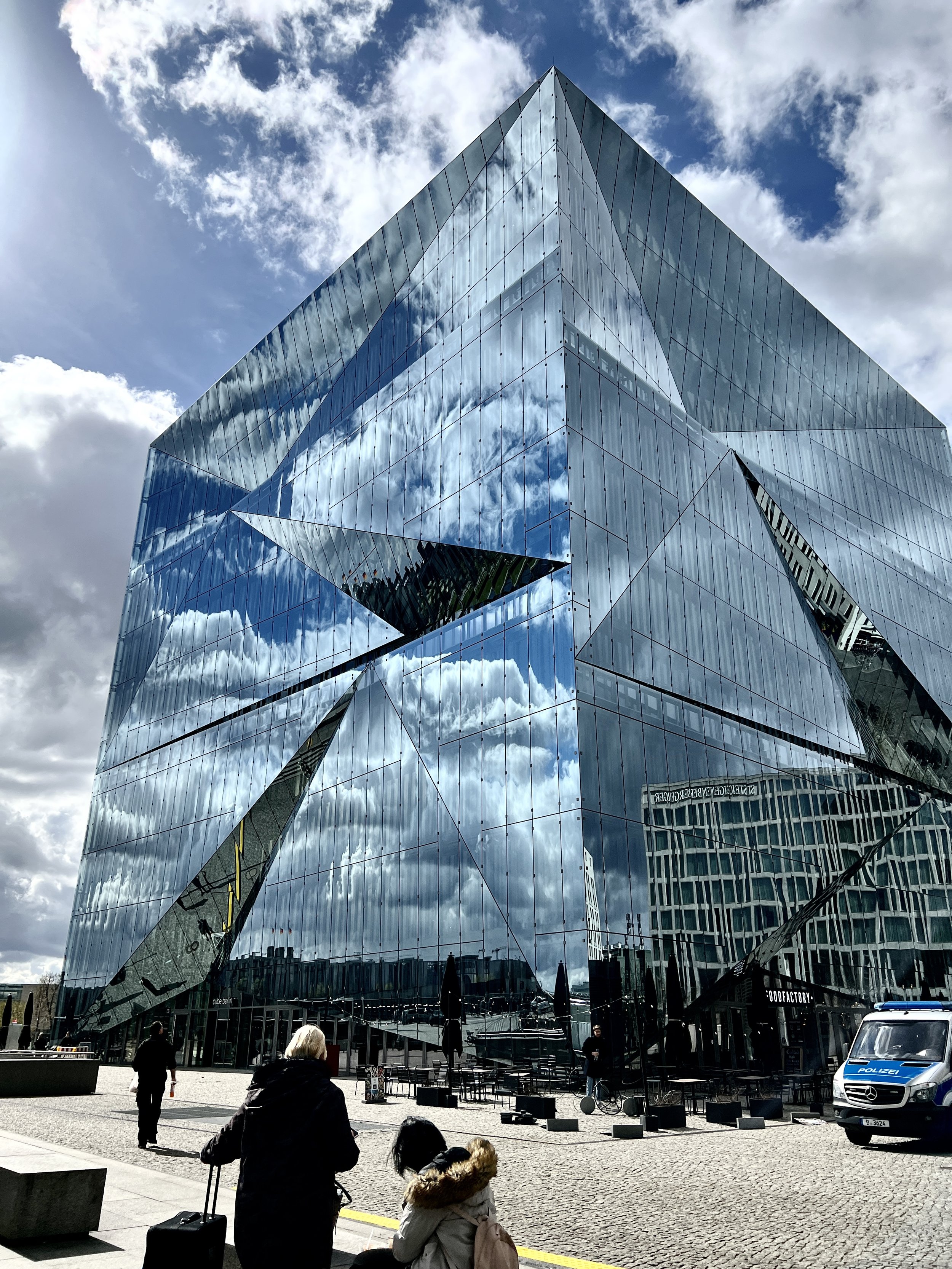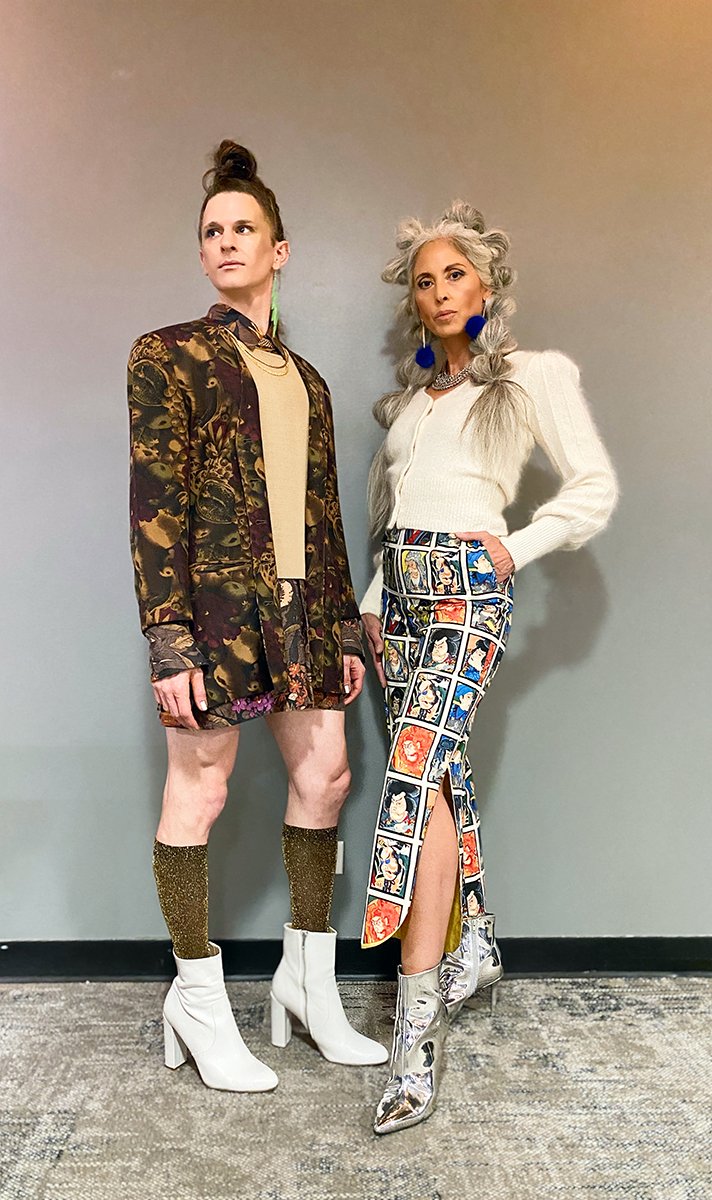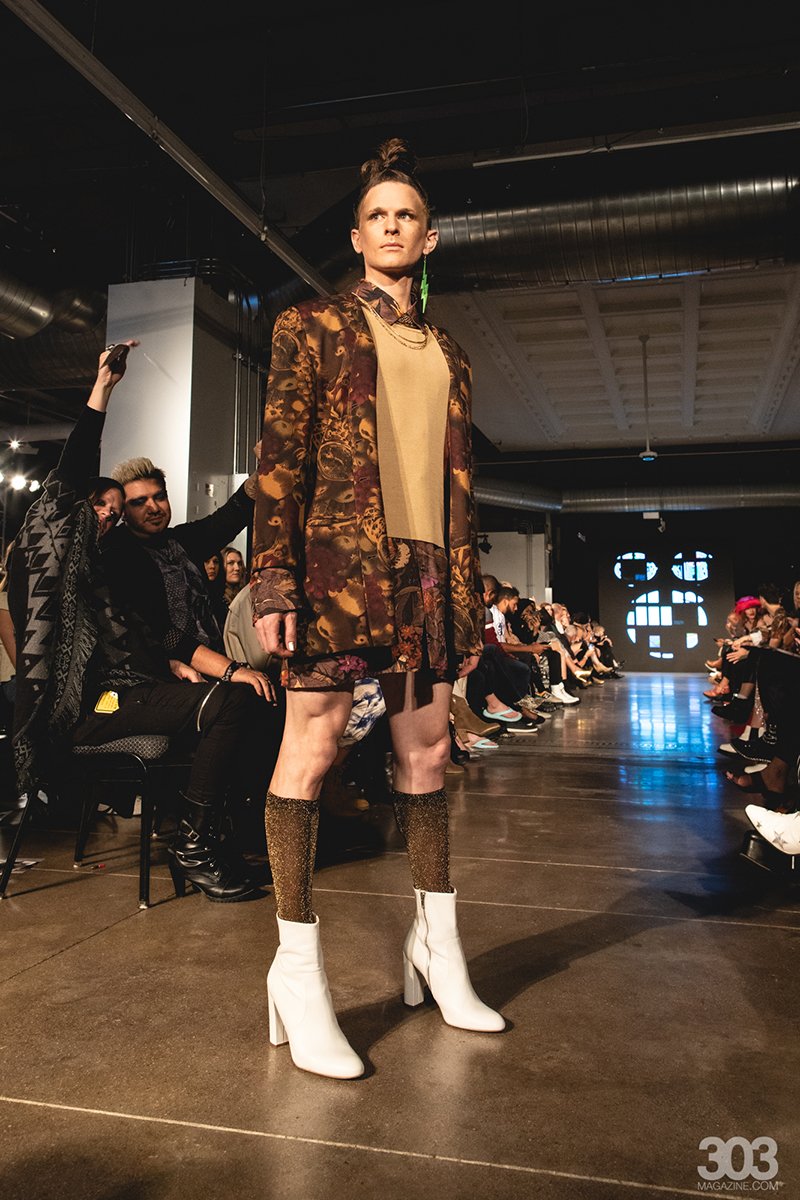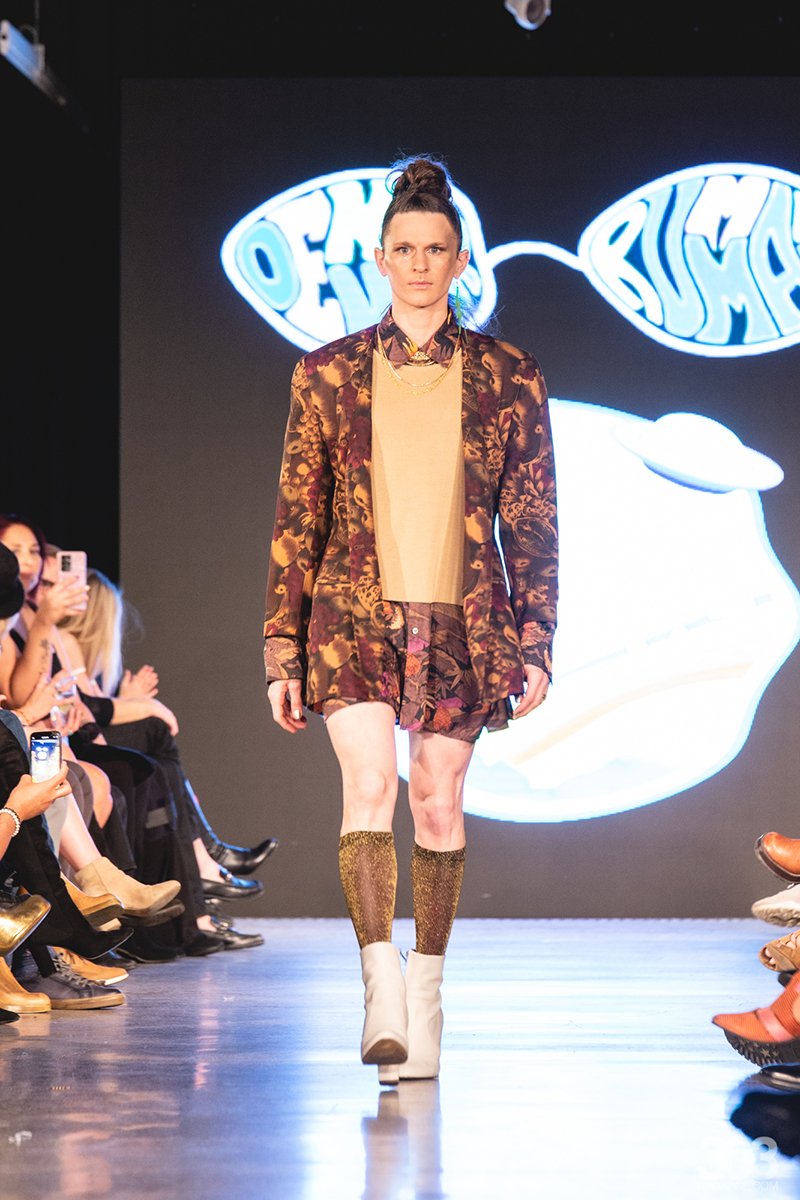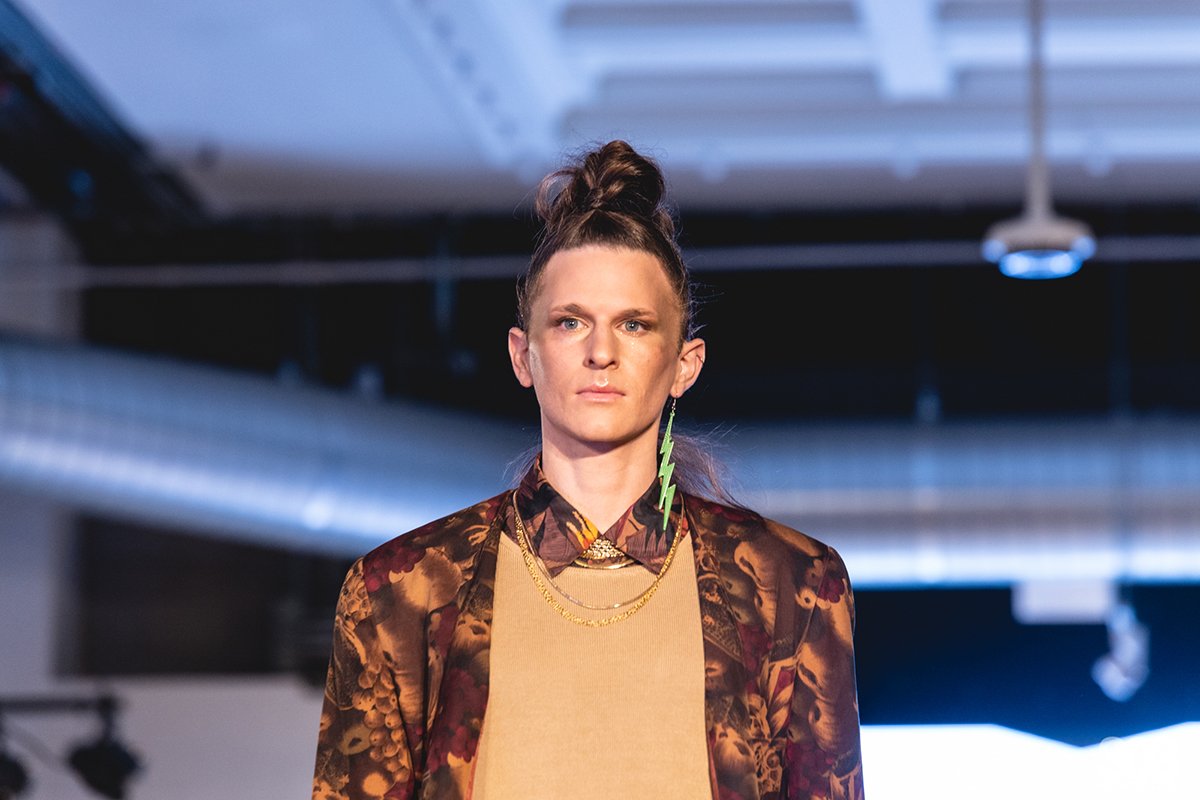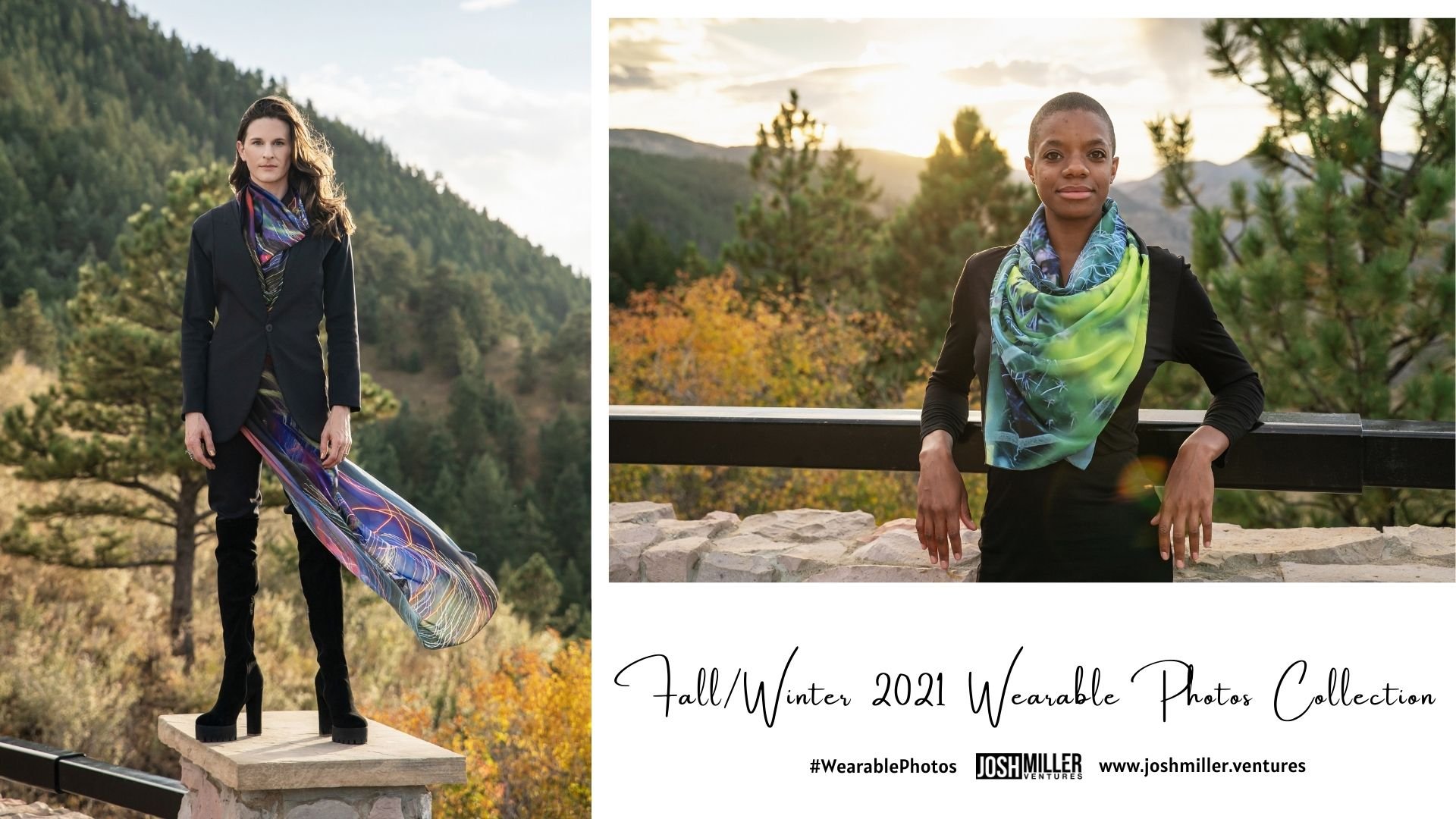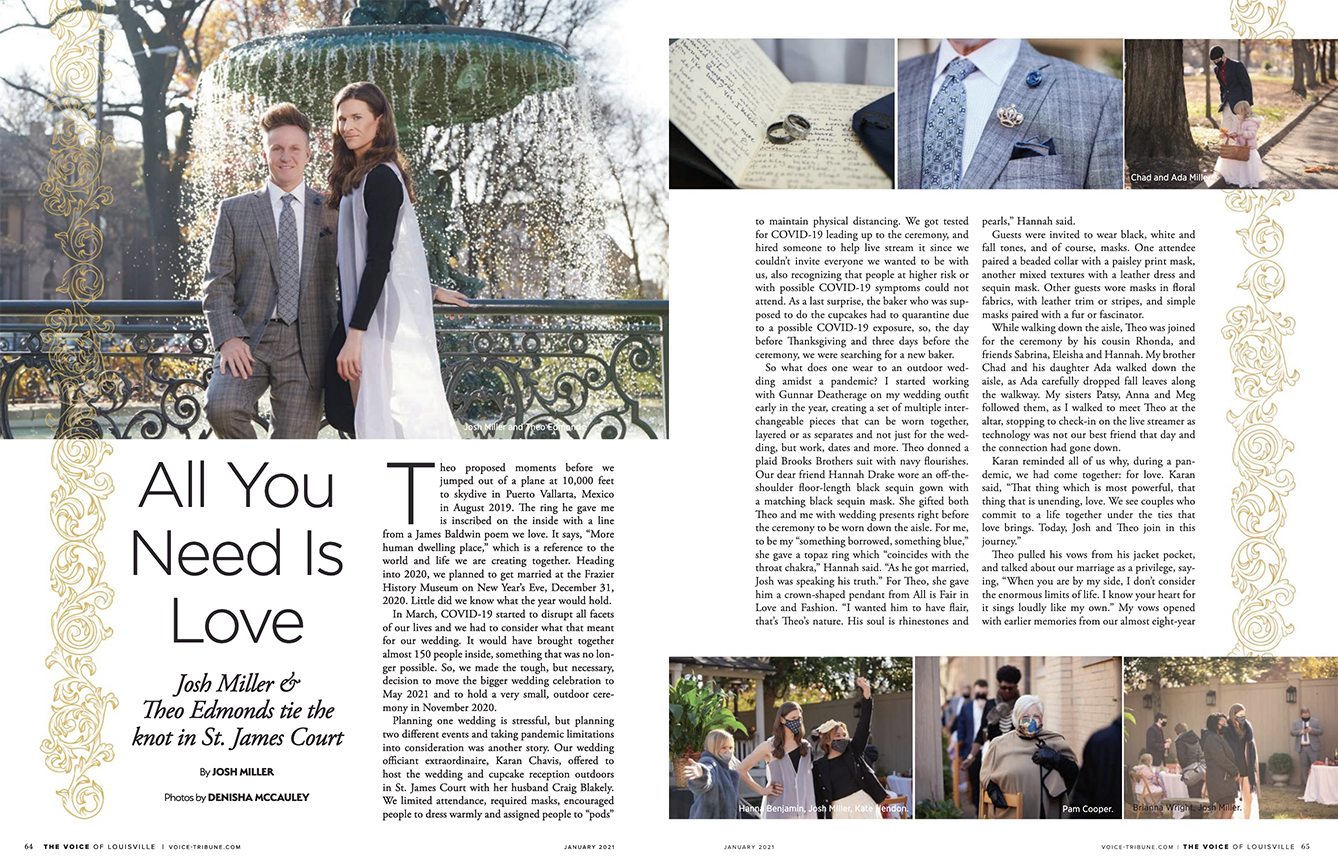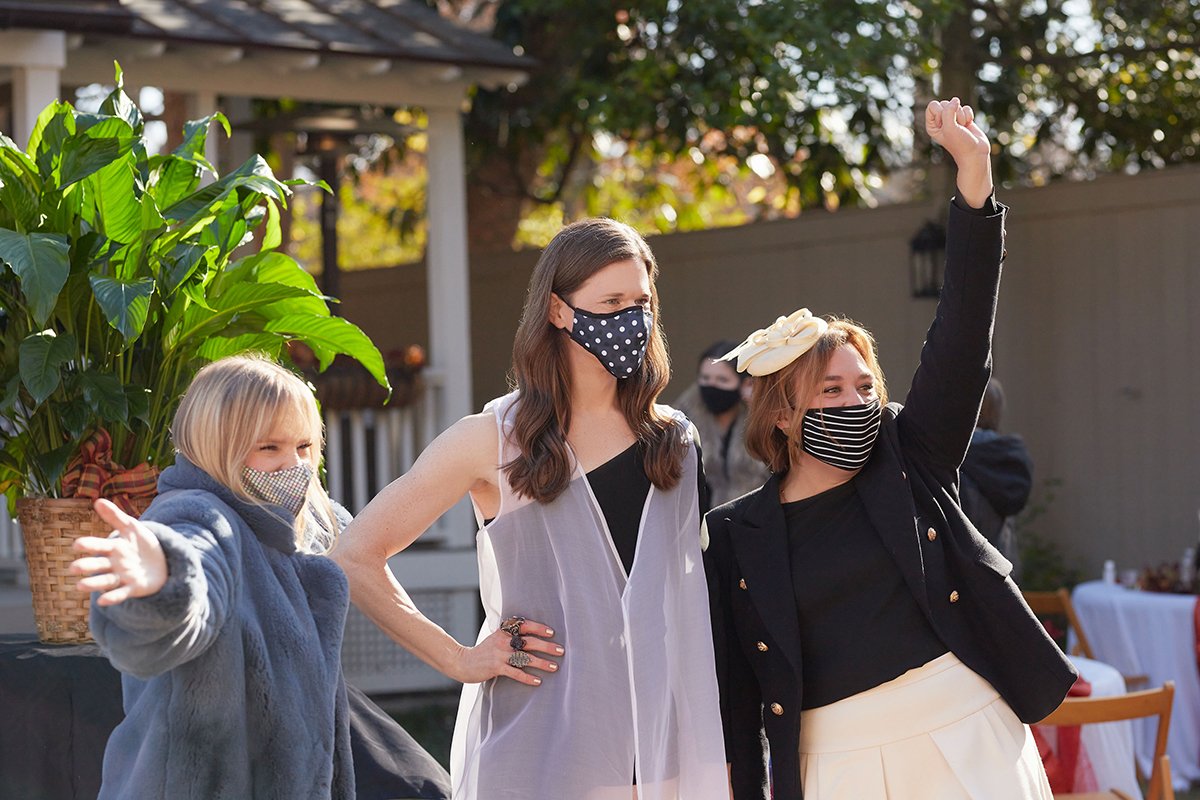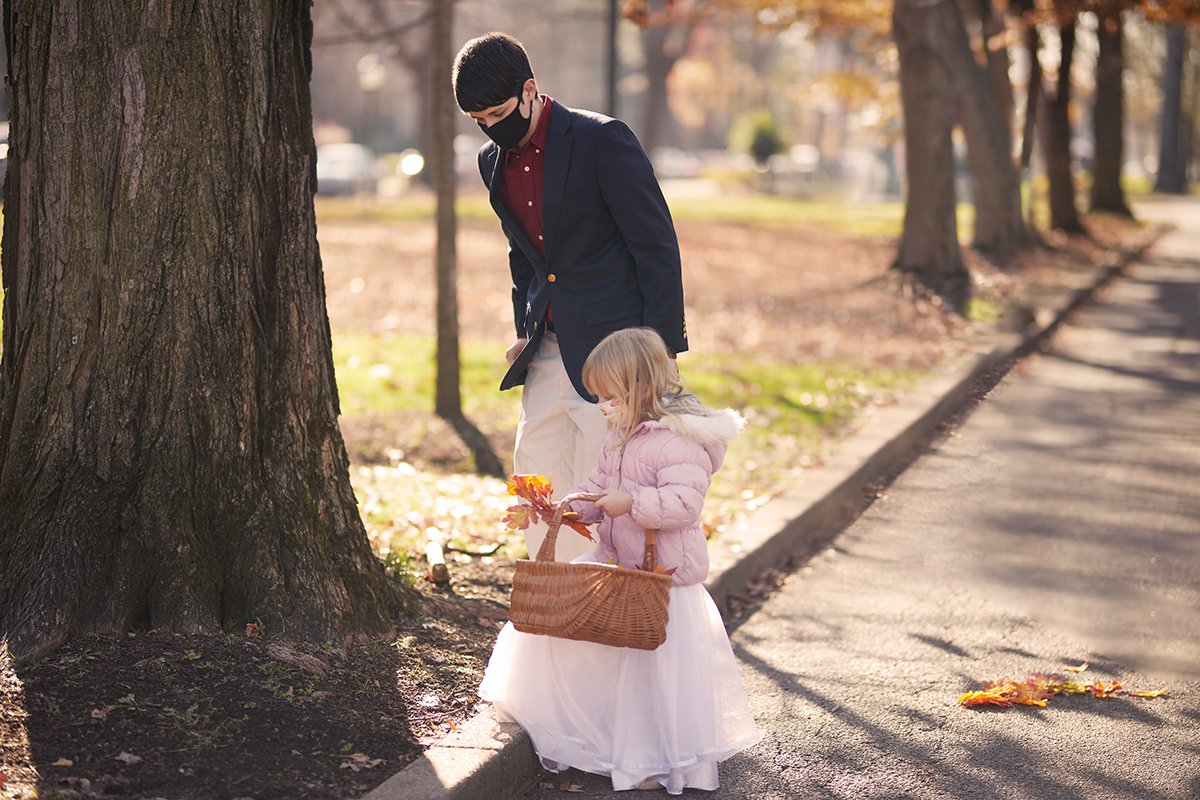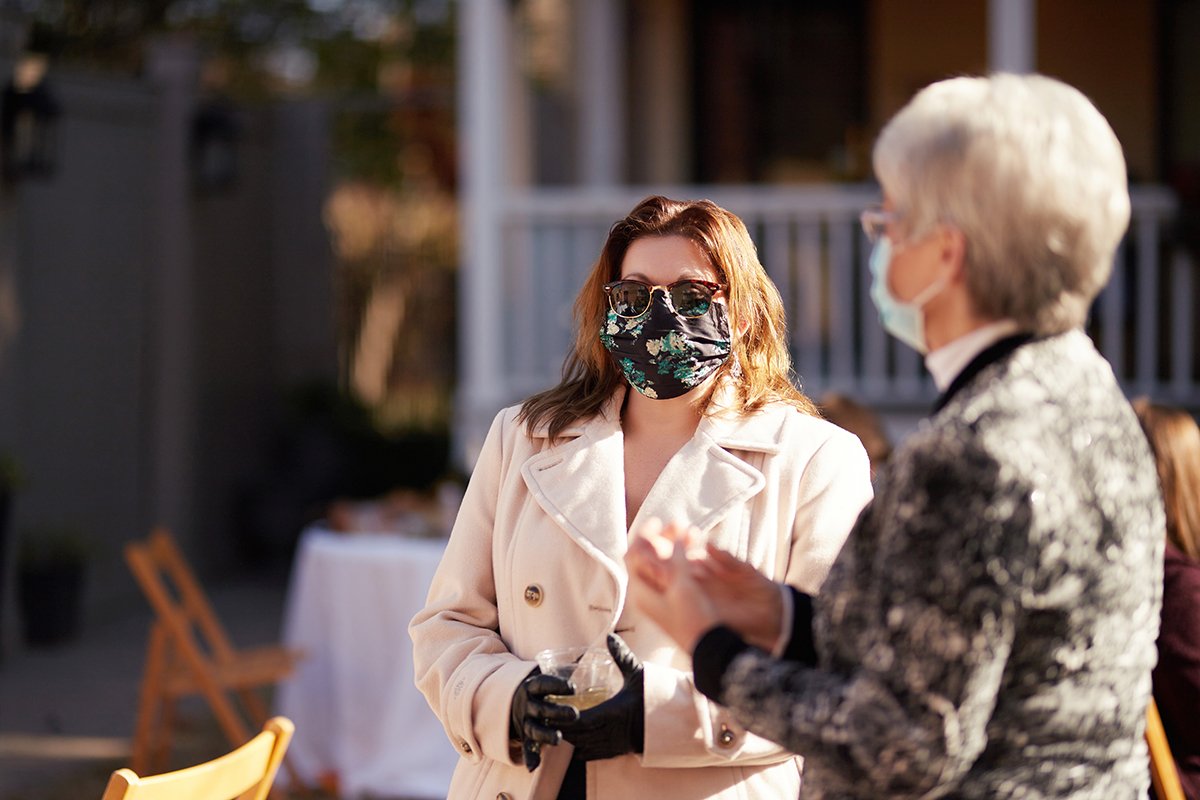When I think broadly about the workplace and corporate cultures, the first word that comes to mind isn’t usually “best friend.” Deficit mindsets and a focus on colleagues as competition don’t always reiterate the value and role that the friends we work with play in shaping our experience, how we show up, and our impact.
As I was examining the intersection of social belonging, mental well-being, and courageous imagination in preparation to speak at the 2022 Imaginator Summit hosted by CU Denver's Imaginator Academy in Denver, CO, I read that, according to Gallup, only 3 in 10 people report having a best friend at work. (Harvard Business Review) They note, “Consistently talking about best friends at work makes relationships part of how we do things around here -- in other words, part of the work culture.”
Only 3 in 10 people report having a best friend at work.
I don’t think we all need to have a best friend at work to accomplish a job well done, but I know it can impact how we show up in the workplace, how we contribute, our sense of belonging, and our social and mental well-being over time.
I was recently in Orlando, FL, where Hannah Drake (IDEAS xLab's Chief Creative Officer), my husband, Theo Edmonds (CU Denver's Imaginator Academy), and I were all speaking at the Creating Healthy Communities Convening. Hannah and I were saying one night over dinner that we no longer have the right language to describe our relationship. It’s more than friends and more than colleagues at IDEAS xLab; it’s something more profound, significant, and impactful; it’s where 1+1=3.
During the Out & Equal 2022 Workplace Summit, I heard a quote by Dr. Bertice Berry that really summed it up.
“When you move with purpose, you collide with destiny.”
Our collective journeys together from Louisville to Senegal and beyond, the willingness to be vulnerable and to learn together about what we don’t know, and to find new ways to support and uplift each other all reinforce what Dan Cable refers to as the role of the "best self" at work.
In his book Alive at Work, Cable writes that companies should focus on onboarding an employee’s best self. He reiterates that our “best self” is just a story we tell ourselves and can directly shape our contributions and productivity at work. These stories can include our purpose and connection to the company's goals, the value we bring and what parts of ourselves we share, our self-efficacy, the work we are doing, and our feelings of connection with colleagues.
If we change the story we tell ourselves, we change our behaviors.
The flip side of our best self being present is what US Surgeon General Dr. Vivek Murthy talked about during the 2022 Concordia America’s Summit, including the negative impact of loneliness on people’s creativity, productivity, performance at work, and overall retention of the workforce. Murthy noted that feeling lonely can negatively impact the people around us.
In Gallup’s State of the Global Workplace: 2022 report, they found that:
60% of people reported being emotionally detached at work
19% reported being miserable
Only 21% of respondents reported feeling engaged — which is even lower than in 2020
33% of employees are thriving in their overall well-being.
Think about those statistics for a minute. We've talked about covering, coping, and burnout in my past few newsletters. I see a direct link between the environment that's created when we have "best friends" at work (impacting our sense of belonging) and can be our "best self" (when we don't have to cover) and what can happen when those elements don't exist.
Since our launch almost a decade ago, our team and culture at IDEAS xLab have continued to evolve. We remain focused on mental and emotional wellbeing, questioning our “best self” narratives and building connections with a sense of belonging that makes our work possible and impactful. It has shaped our organization and allowed us to grow and engage partners and clients through comprehensive and inclusive approaches as we each uncover and imagine new ways to work and live.
How do these areas resonate with you?
Do you have a best friend (or friends) at work? How does it impact your connection to the company and what you do?
Are you showing up as your "best self" at work and with your team? If not, what is the story you're telling yourself, and are there opportunities to rewrite it?
When you look at the stats from Gallup, which responses resonate with you? Do you feel emotionally detached, miserable, engaged, or thriving?
Feel free to share your thoughts, questions, and responses in the comments, send me a DM, or email me at connect@joshmiller.ventures
______________________________________________________________________________________
About: Josh Miller is a queer changemaker, public speaker, photographer, and outdoor explorer. He is the owner of Josh Miller Ventures and the co-founder + CEO of IDEAS xLab—an organization that uses the art of storytelling and community collaboration to impact public health. Miller’s work has been featured by The New York Times, the Aspen Institute, and the Robert Wood Johnson Foundation. He is a Soros Equality Fellow, received the 2022 Nonprofit Visionary Leader Award from Louisville Business First, and was selected for Business Equality Magazine’s Forty LGBTQ+ Leaders under 40 and Louisville Business First's Forty under 40. Miller is a two-time TEDx speaker and has been described as a "force in our community.” He holds an MBA from Indiana University and an undergraduate degree from Bellarmine University. Previously, he served as an advisor to the Derby Diversity & Business Summit and co-chair for the Louisville Health advisory board’s communications committee.




